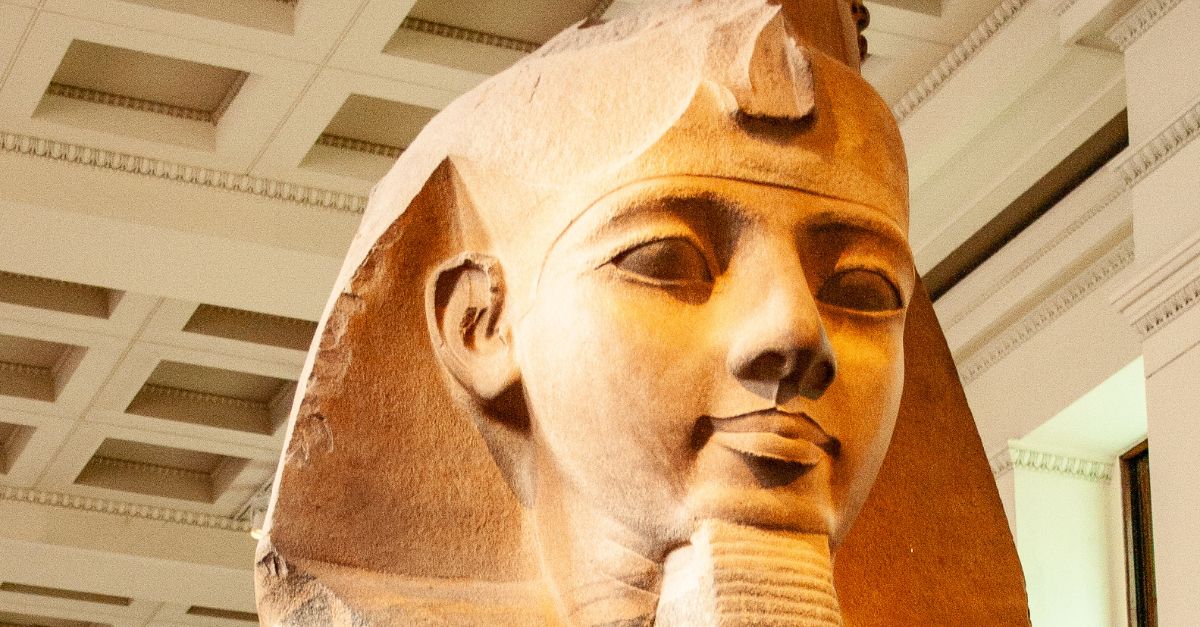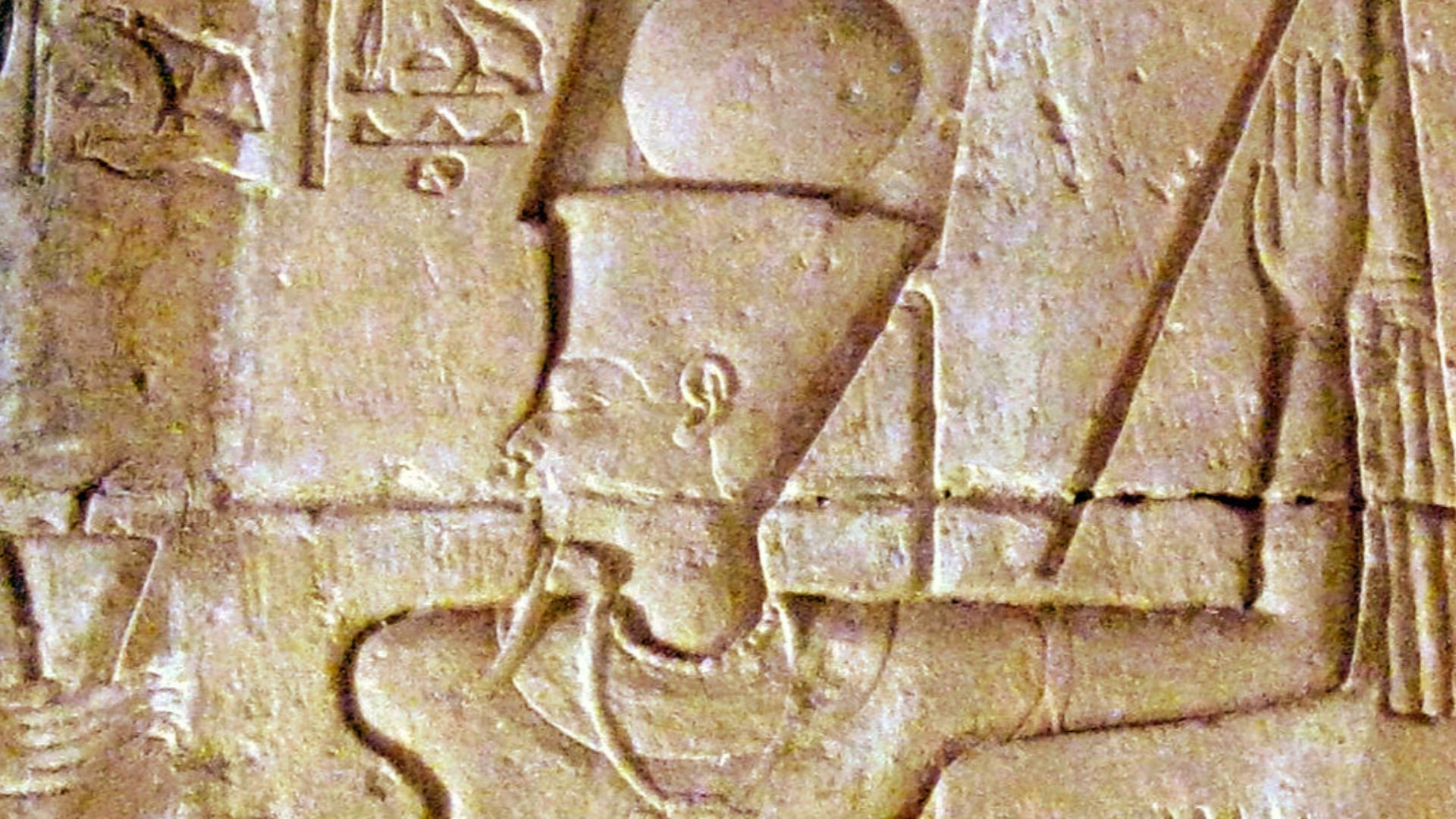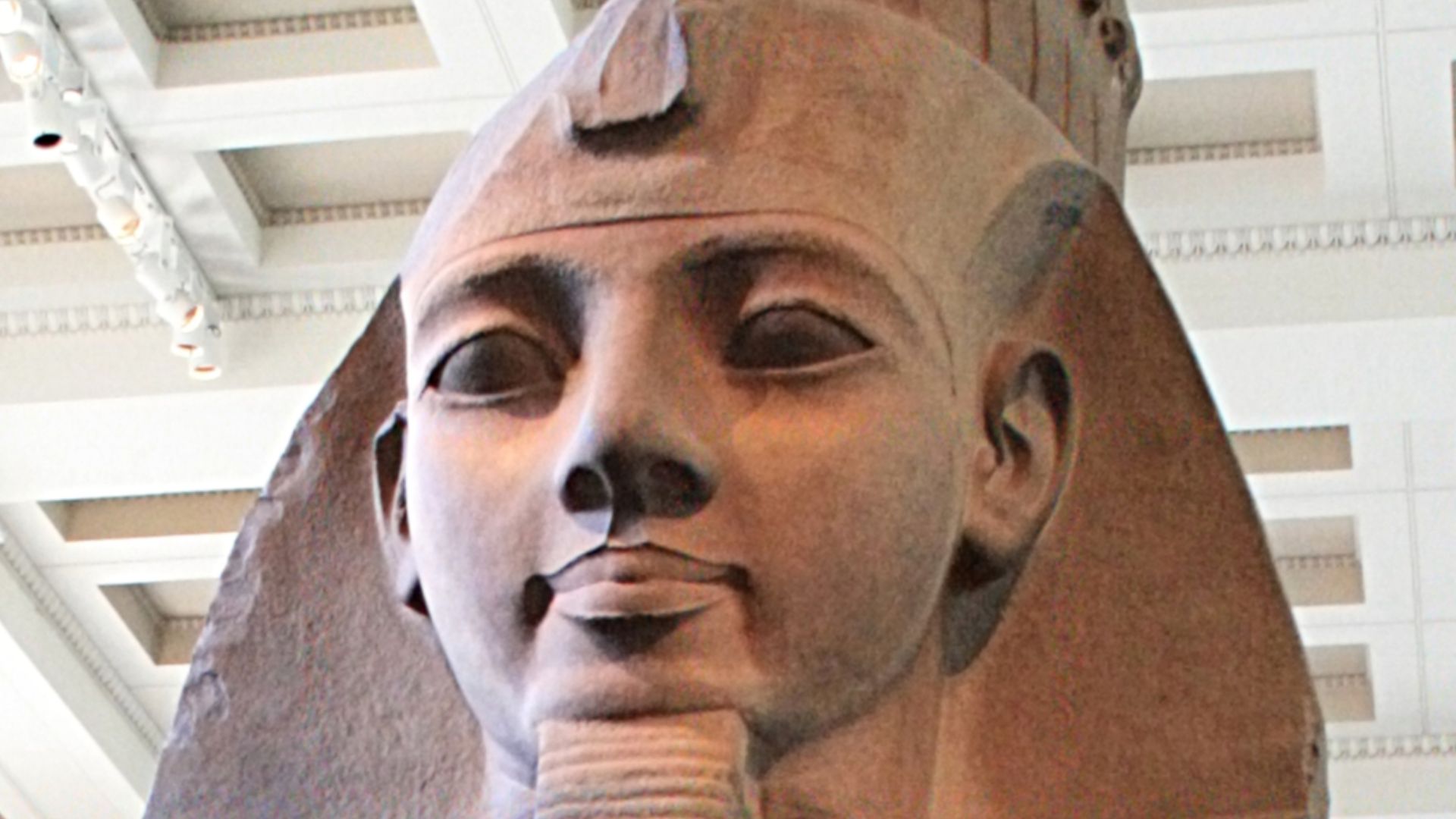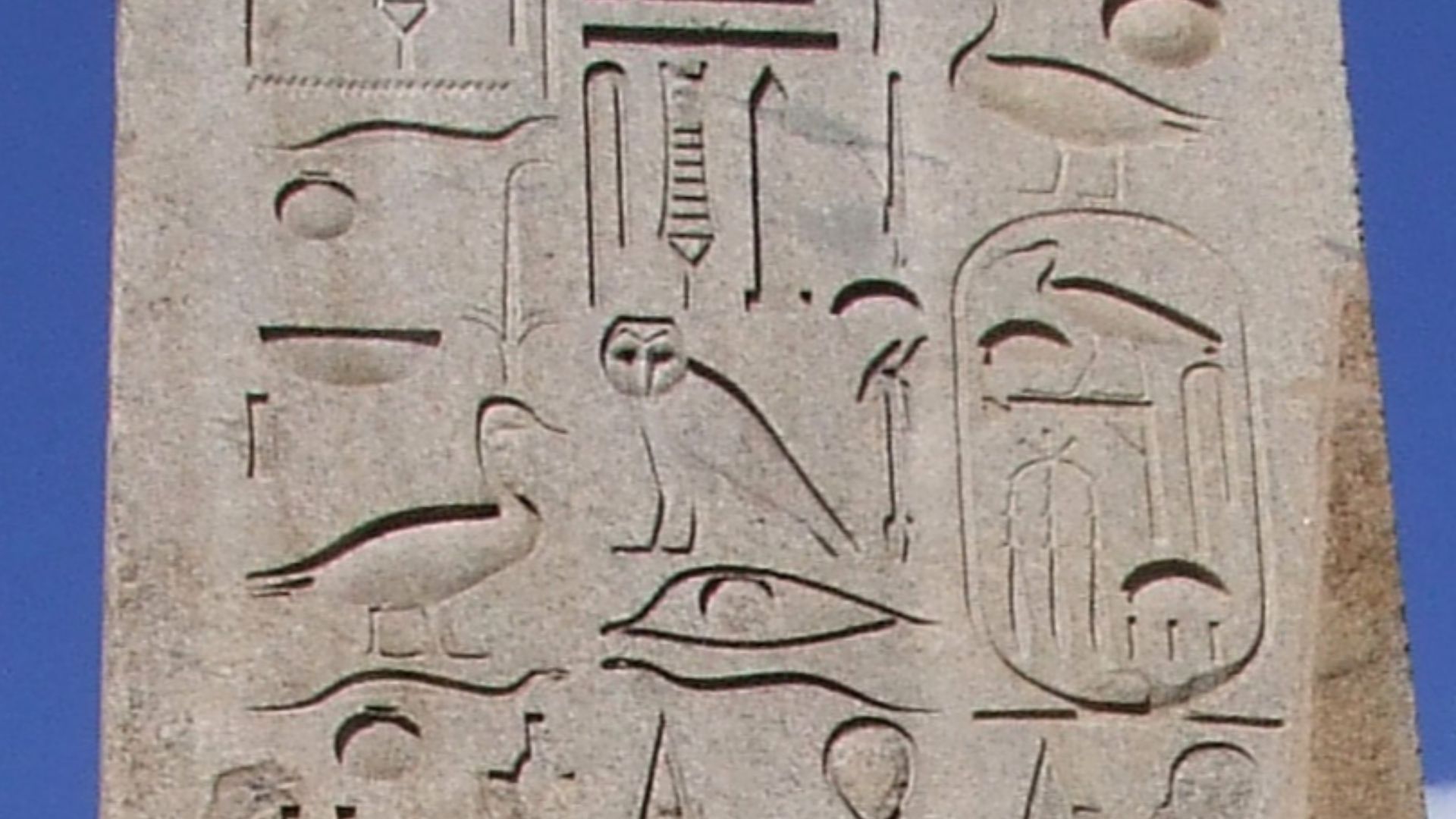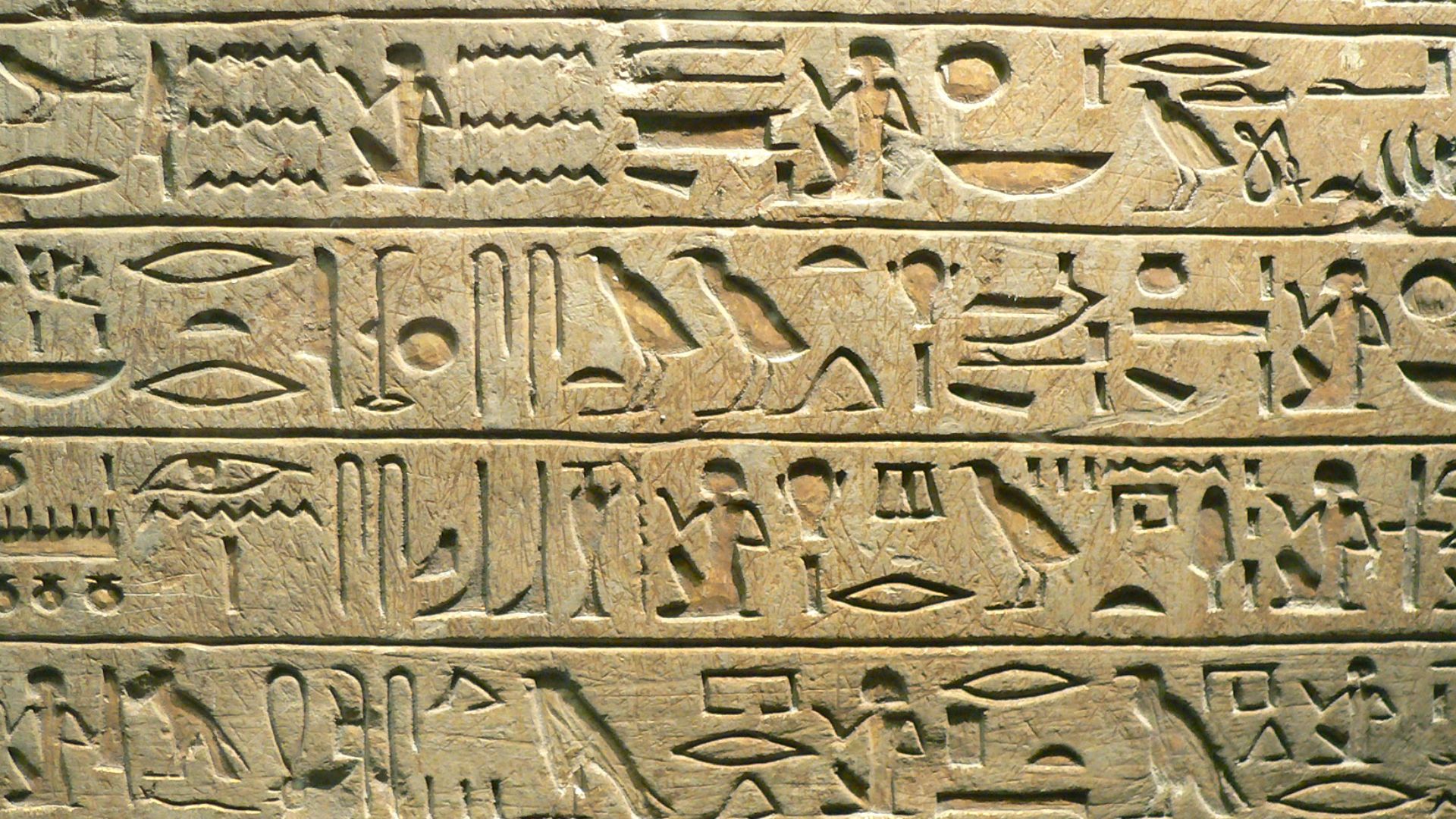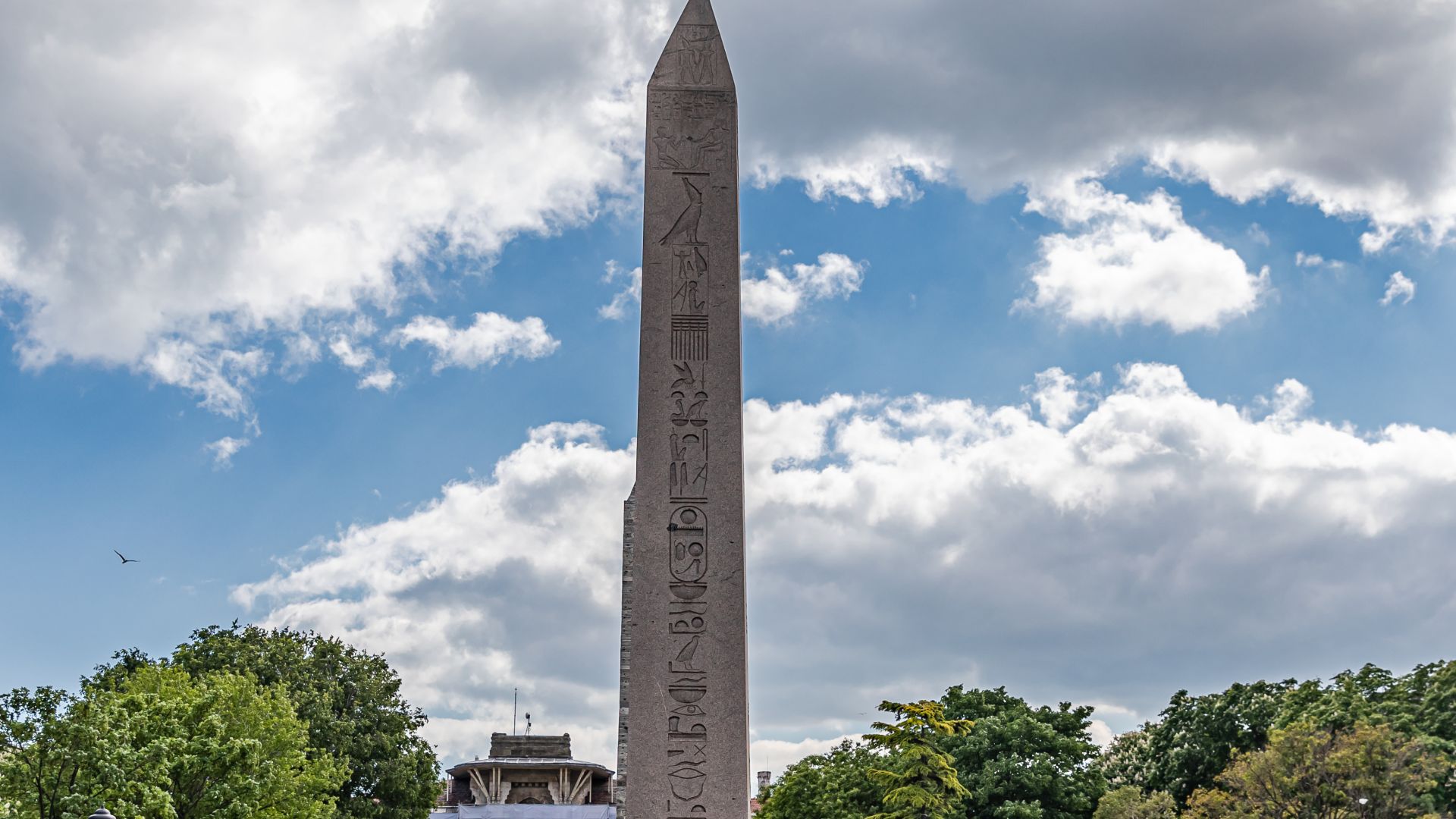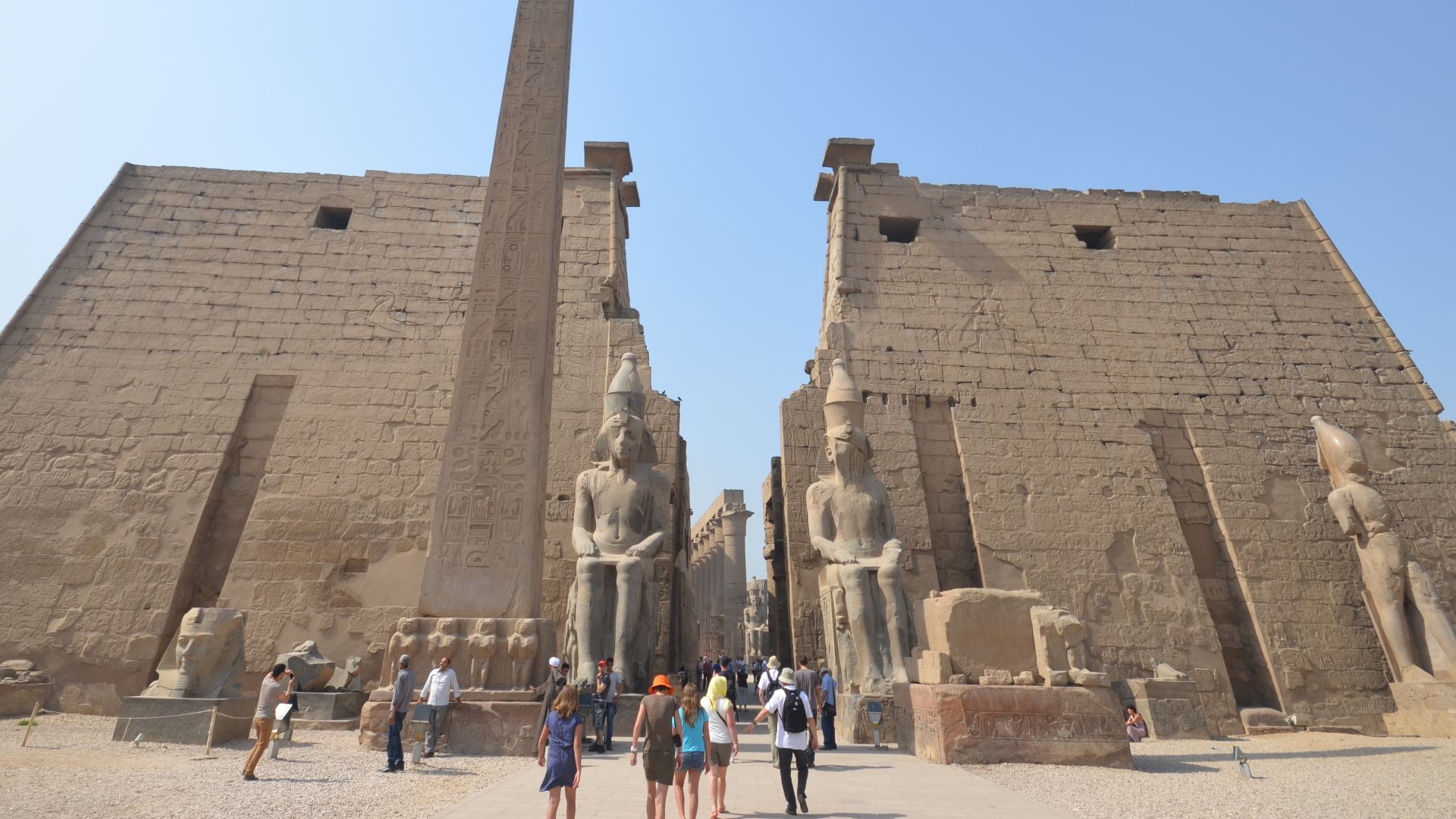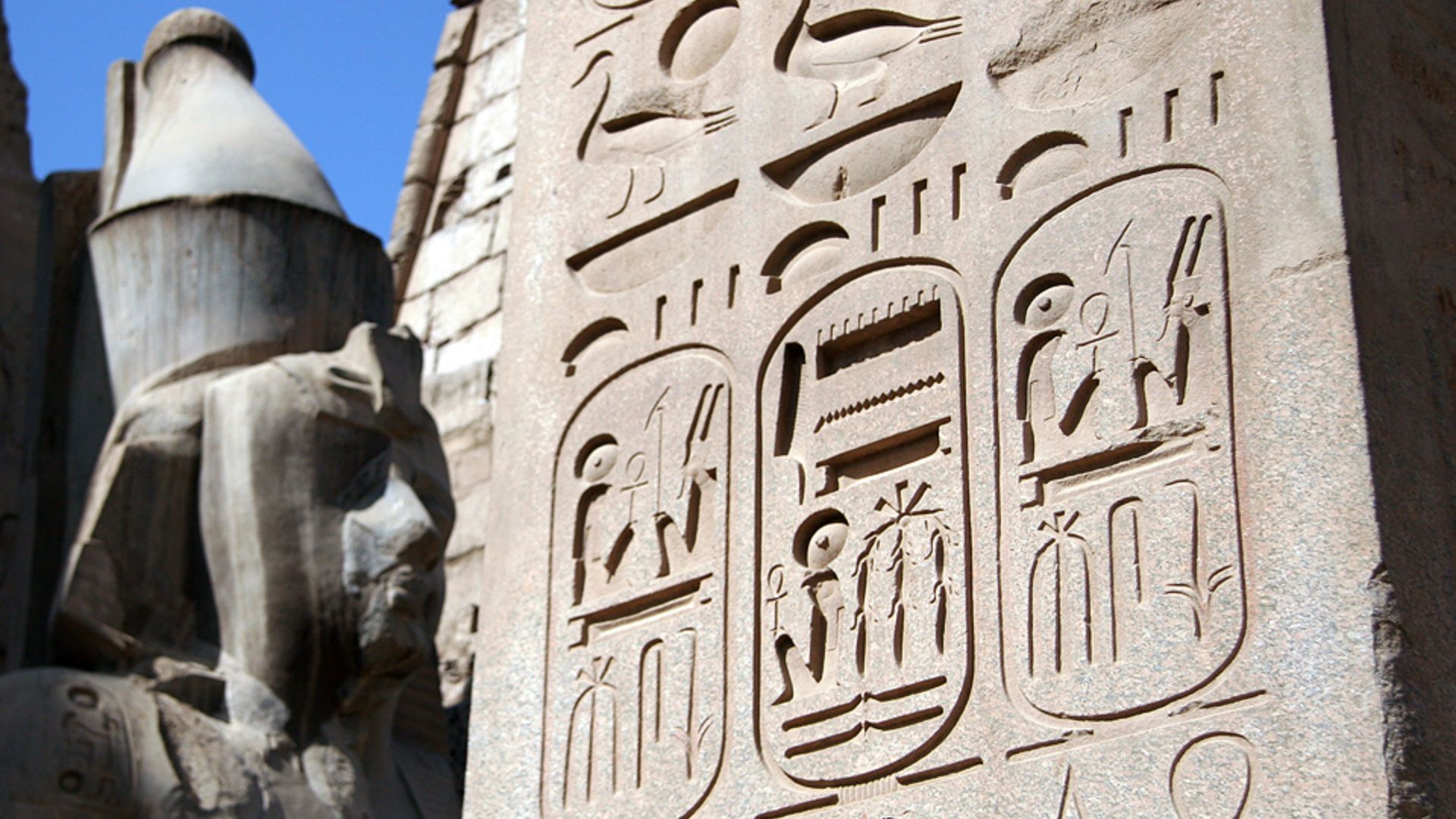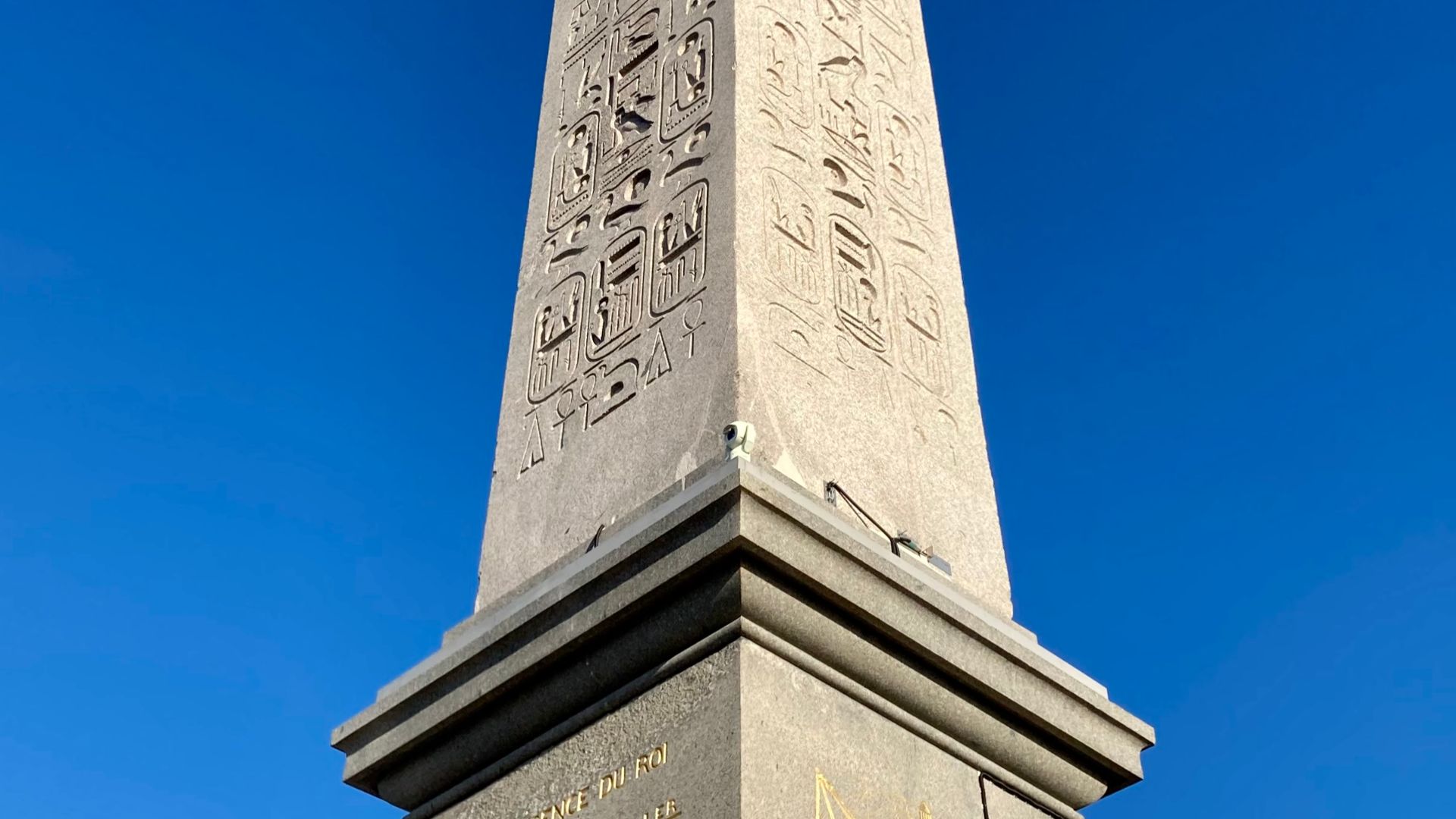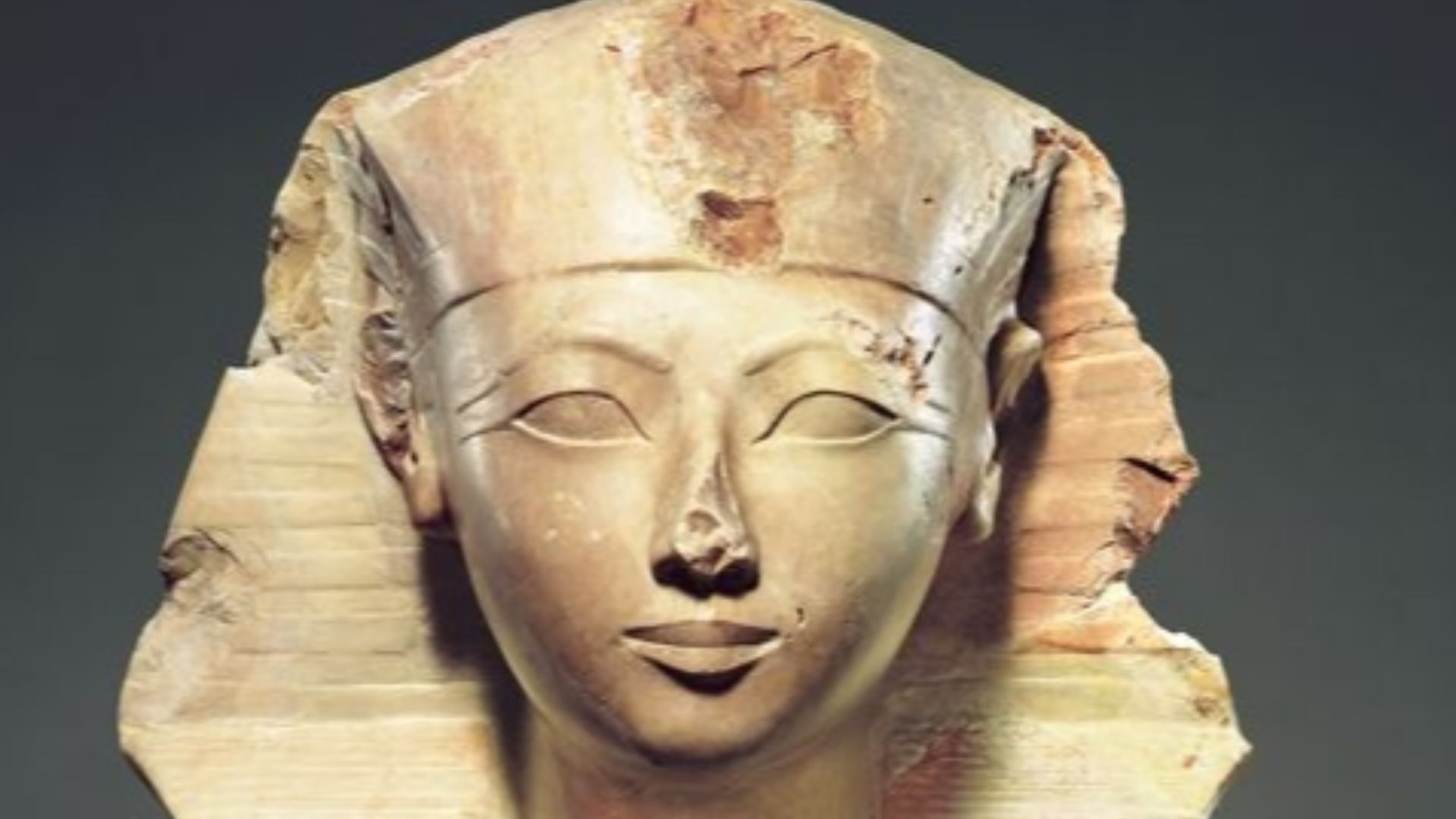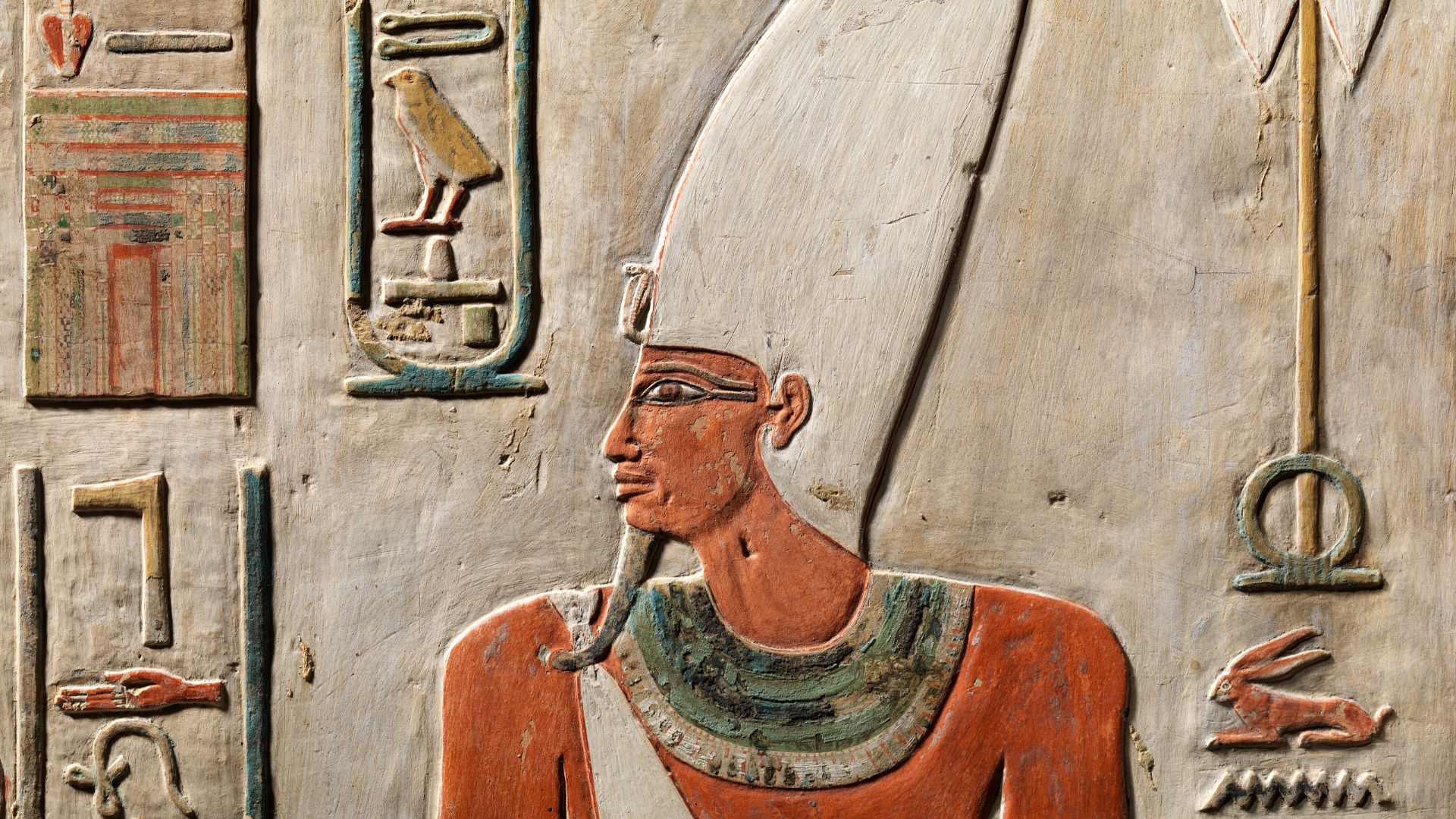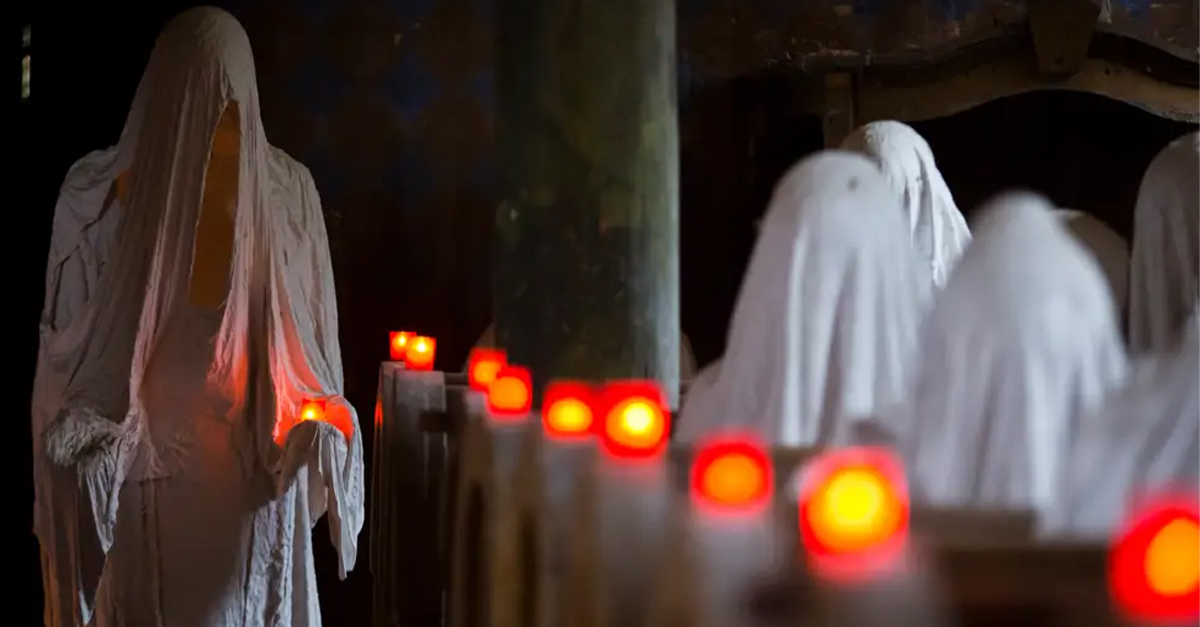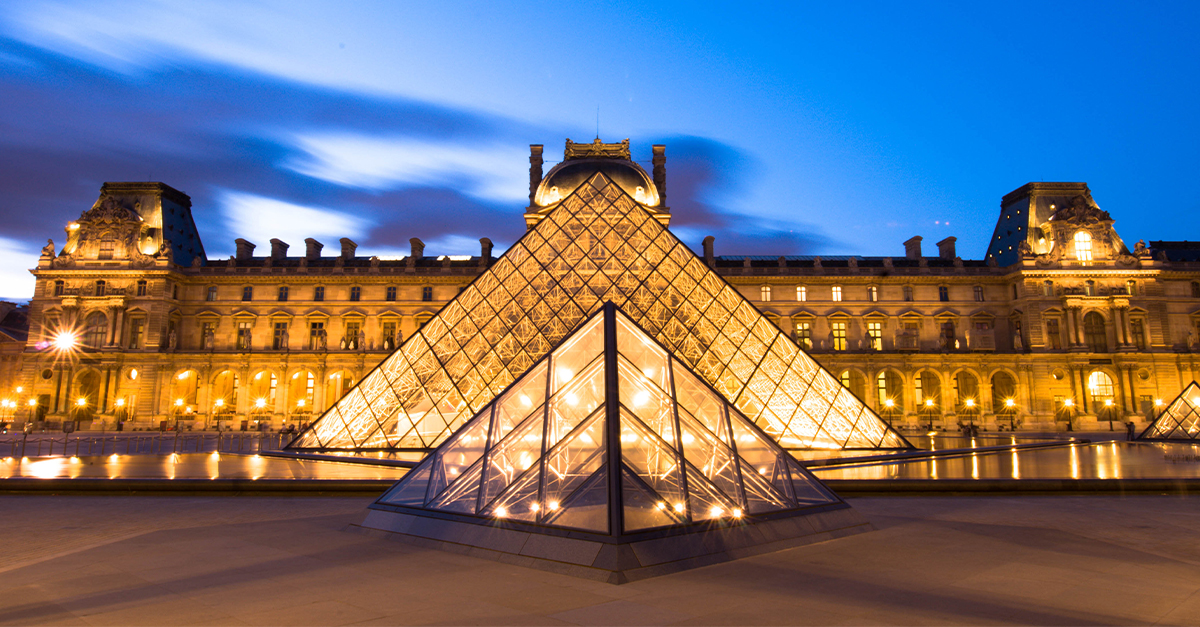Riddles In Granite
Beneath the noise of Paris traffic, a silent monument has waited centuries to speak. Towering in Place de la Concorde, the Luxor Obelisk was long seen as a relic. But a recent discovery reveals something far stranger.
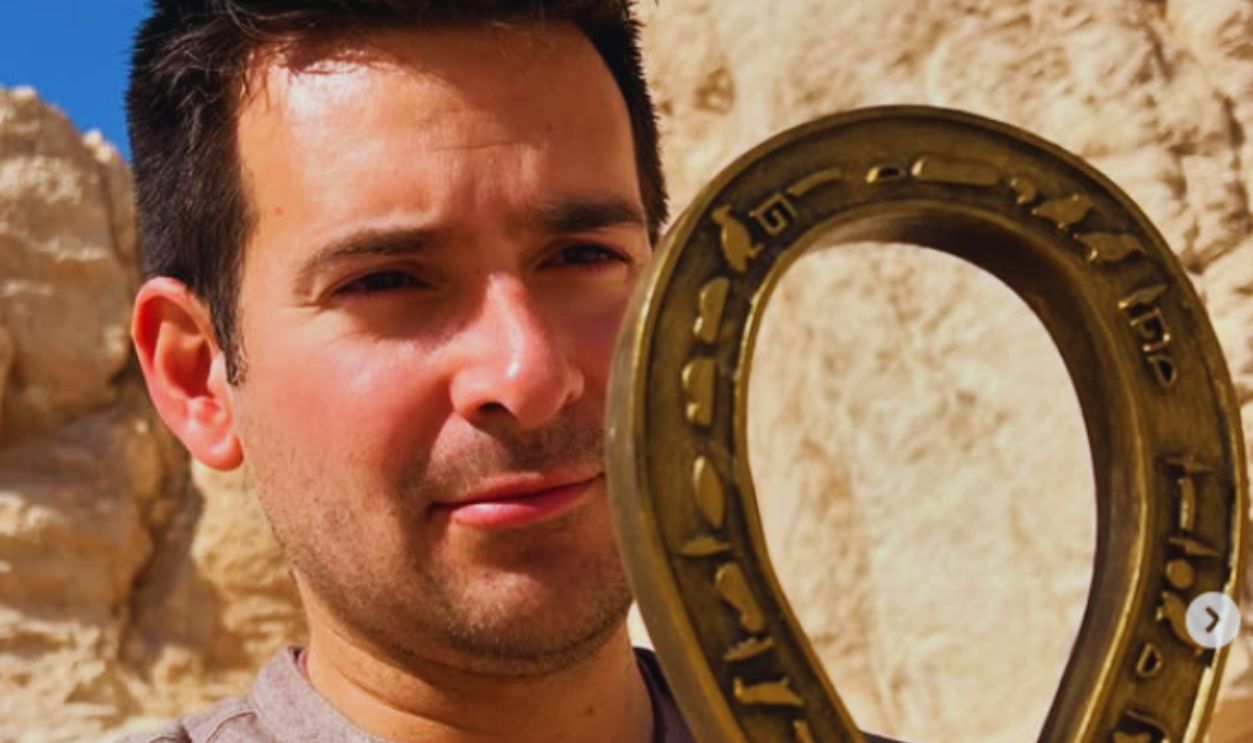
The Obelisk That Traveled From Luxor To Paris
Rising from the heart of Paris, the Luxor Obelisk once stood in the sacred courtyard of an Ancient Egyptian temple. Gifted in 1829 and transported between1830 and 1833, this granite monolith became a bridge between civilizations as it was erected in Paris in 1836.
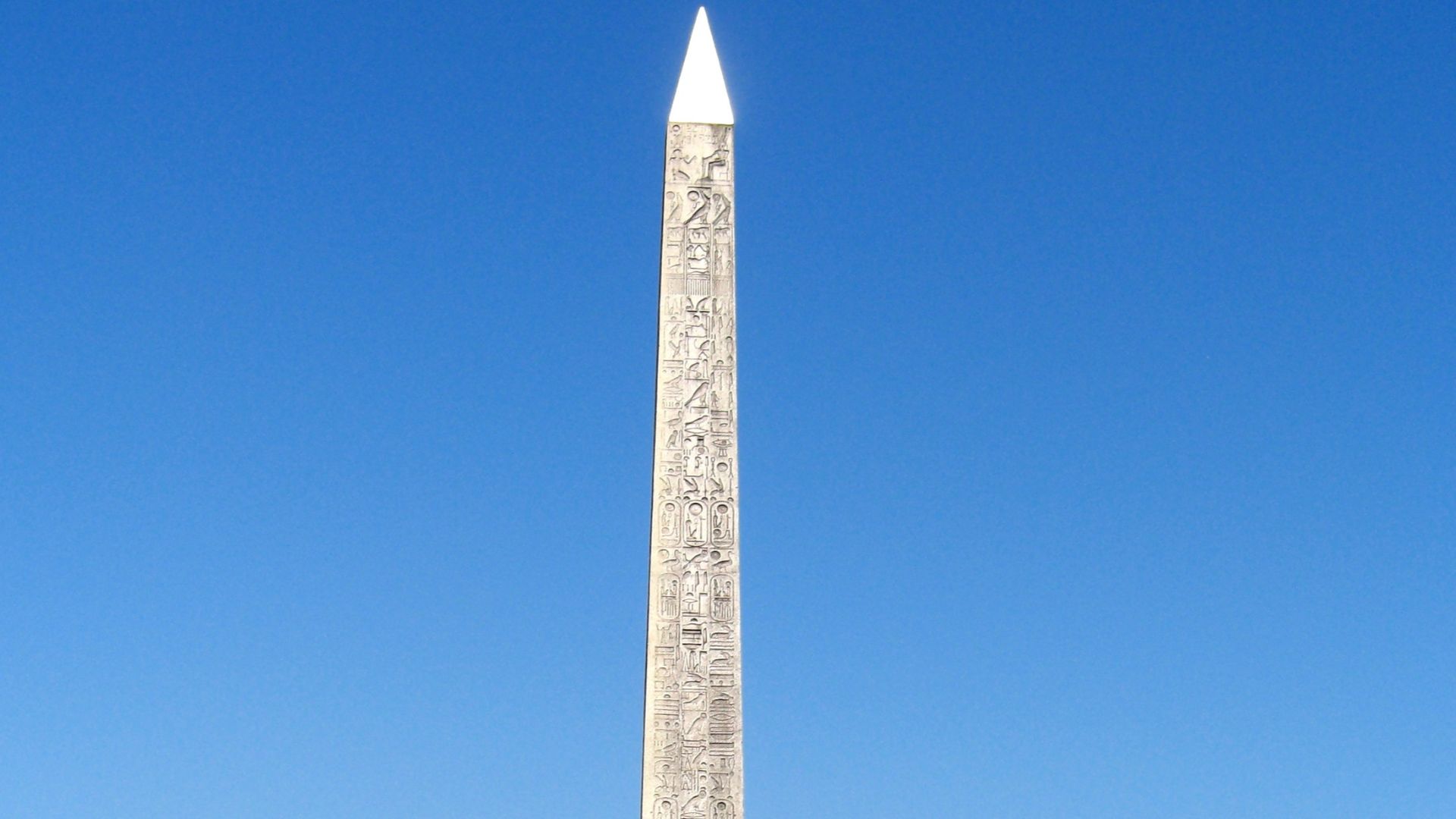 Craig Booth from Leiden, Netherlands, Wikimedia Commons
Craig Booth from Leiden, Netherlands, Wikimedia Commons
Why Ramses II Built Monuments Taller Than Temples
Ramses II built to outlast time. His Obelisks were proclamations engraved in stone, designed to pierce the heavens and immortalize his divinity. Their towering height was political geometry to ensure his name reached gods above and elites below.
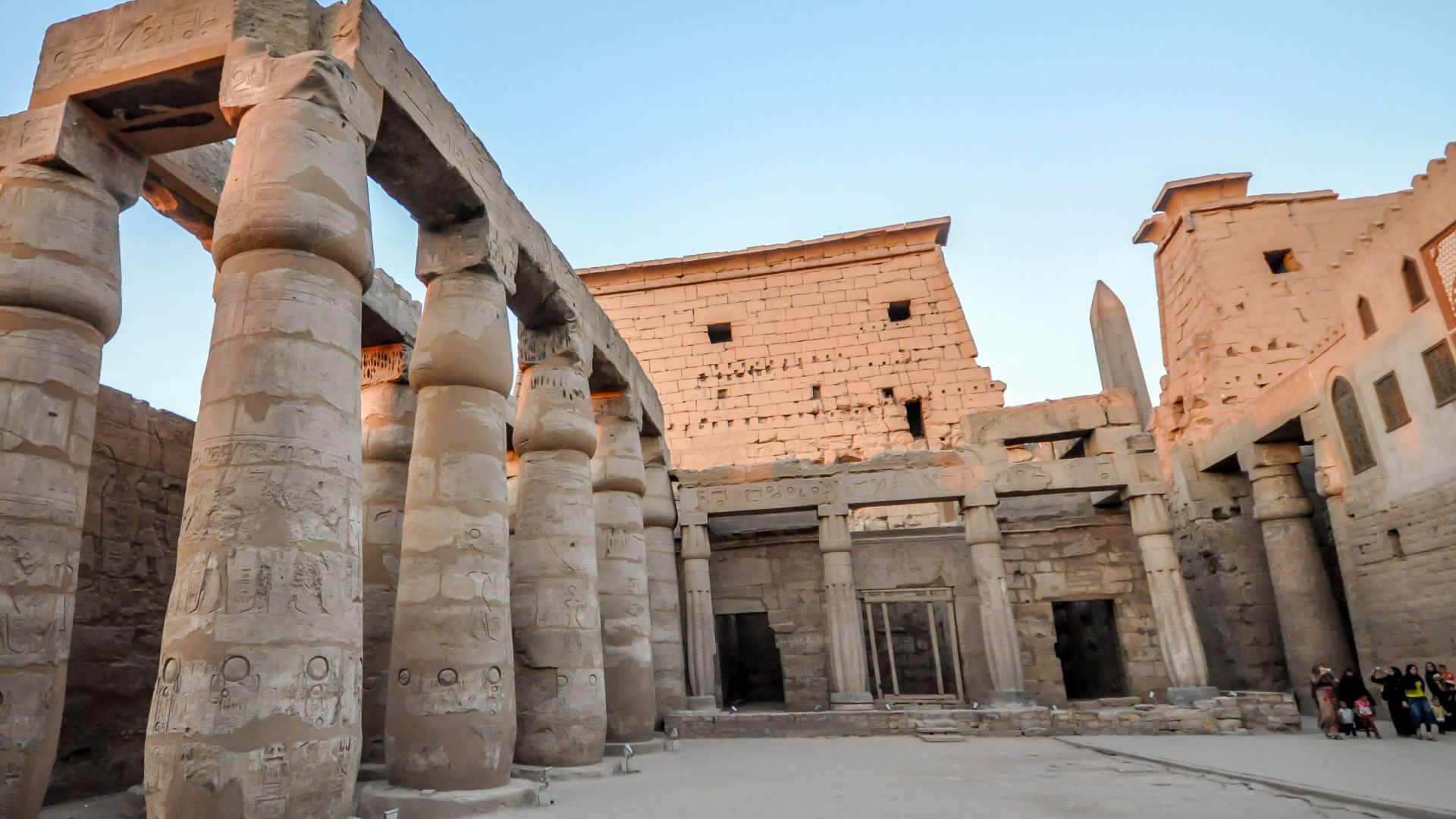 Jorge Lascar from Melbourne, Australia, Wikimedia Commons
Jorge Lascar from Melbourne, Australia, Wikimedia Commons
The Forgotten Twin Still Standing In Egypt
While one Obelisk rests in France, its sibling still rises in Luxor's ancient temple, quietly watching over the Nile. This counterpart hasn't traveled continents, but it might hold the same, or even greater, secrets. Scholars speculate it could contain its own riddles that await the right eyes to solve.
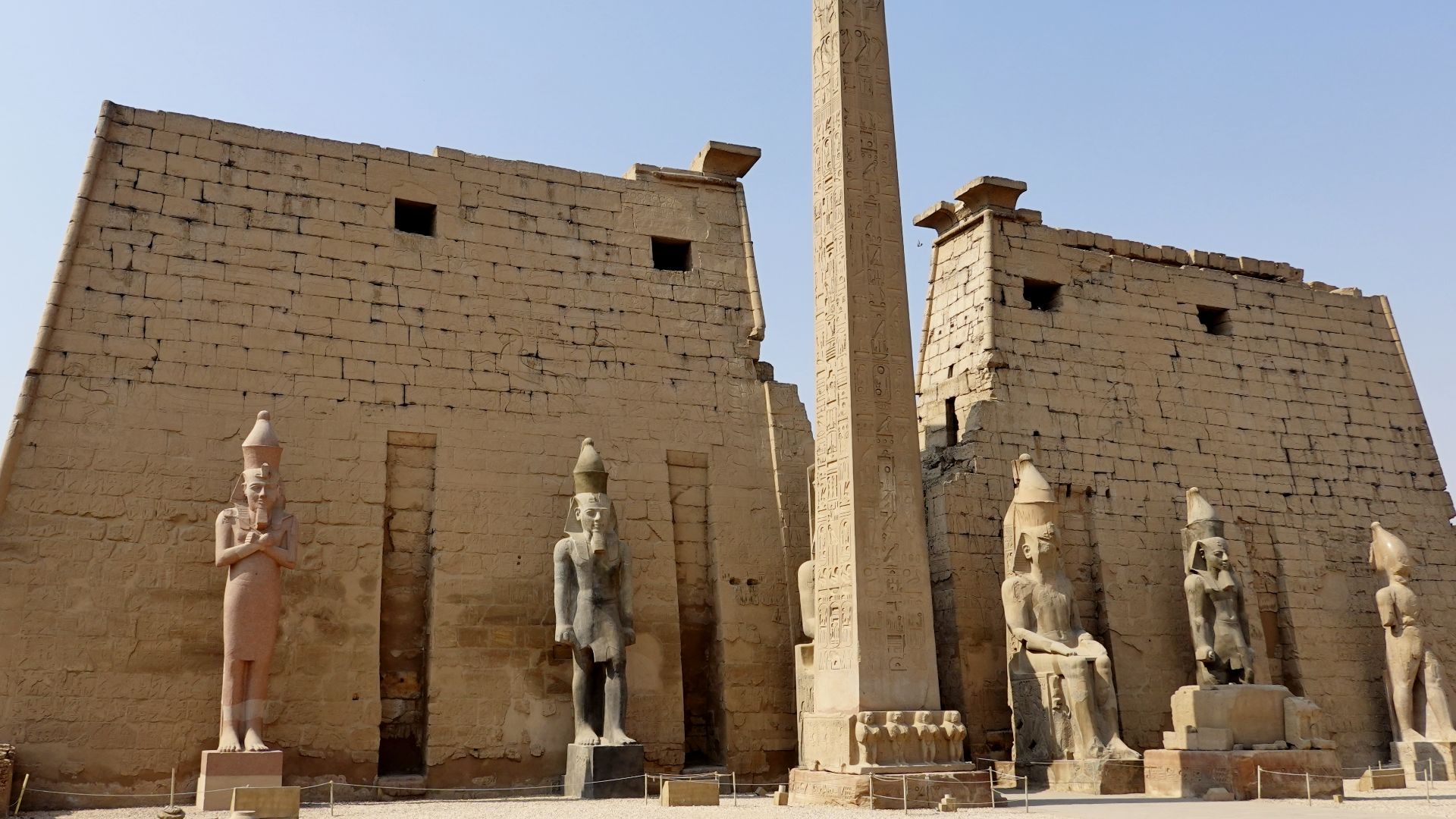 Olaf Tausch, Wikimedia Commons
Olaf Tausch, Wikimedia Commons
A Stone That Spoke To The Gods
To the Ancient Egyptians, the Obelisk was a sacred speaker. Through hieroglyphs and alignment with celestial forces, these stones conveyed devotion and divine favor. It was meant to address ancient gods like Amun and Ra.
What Makes The Luxor Obelisk So Unique?
Unlike many relics removed from their context, this Obelisk carries an unusually complete story. From intact inscriptions to its origin at the Luxor Temple, it offers rare continuity between artifact and power. Its unique journey and rediscovery of hidden meanings change it into a coded manuscript.
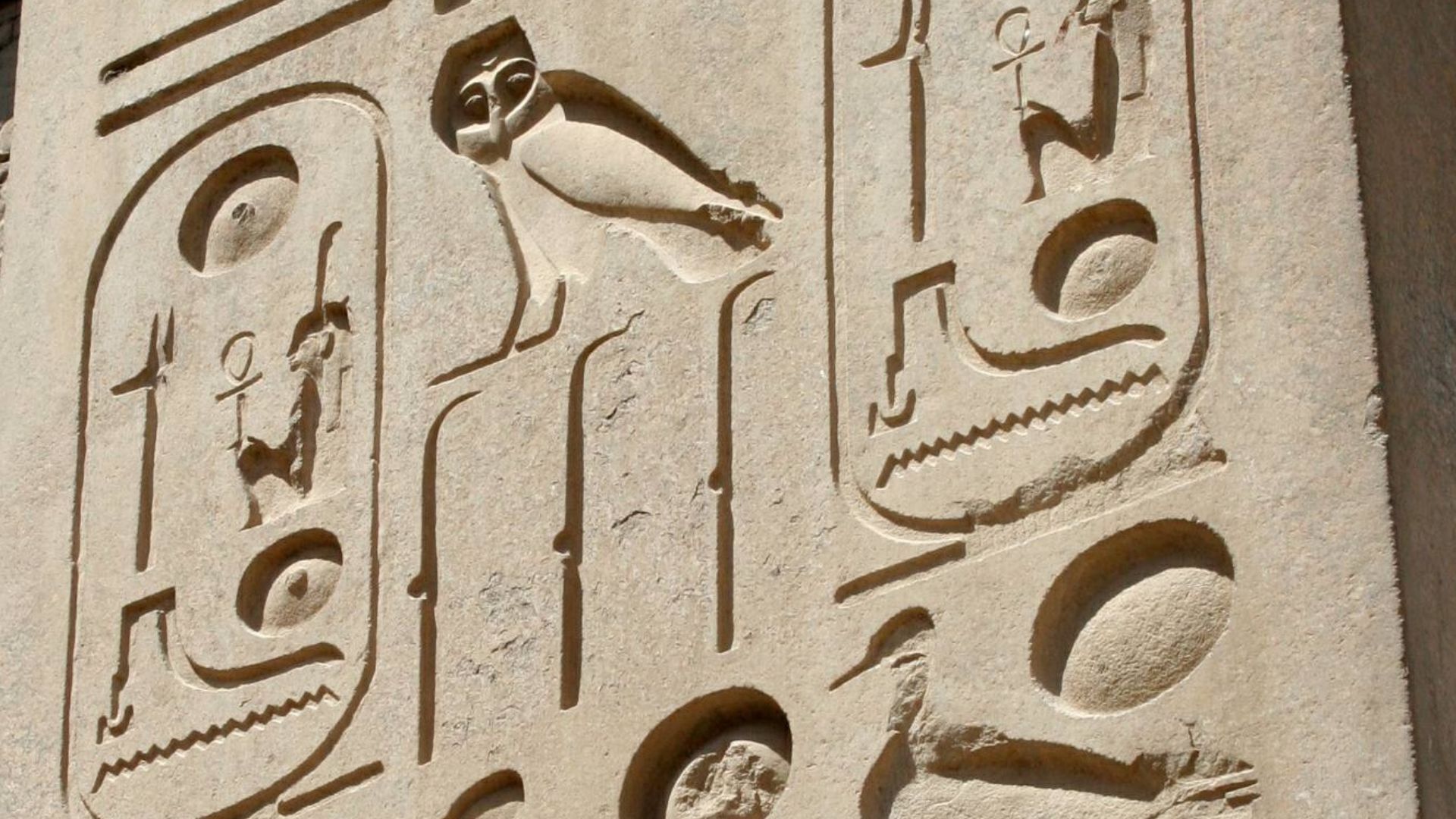 Glenn Ashton, Wikimedia Commons
Glenn Ashton, Wikimedia Commons
The Pharaoh's Message In The Sky
Every carved symbol on the Luxor Obelisk was placed with intent to project Ramses II's divinity upward like a celestial memo. These hieroglyphs were vertically stacked proclamations of order and kingship, visible from afar. They were designed to show off his authority not just on earth but in the heavens above.
A 3,000-Year-Old Puzzle In Plain Sight
For centuries, tourists and scholars have admired the Obelisk's surface without noticing what lay hidden in plain view. Beneath the familiar script lurked something more enigmatic: patterns that didn't follow expected rules. This visual incongruity hinted at a layered language waiting patiently to be decoded by the right mind.
The Discovery That Changed What We Thought We Knew
It wasn't a grand excavation or digital scan that revealed the puzzle but a chance observation. When Olette-Pelletier spotted subtle deviations in the hieroglyphs, he challenged the assumption that everything had already been explained. His revelation rewrote what Egyptologists believed they understood about the Luxor Obelisk's true communicative function.
Jean-Guillaume Olette-Pelletier’s Accidental Obsession
A stroll past Place de la Concorde became a scholarly turning point for Jean-Guillaume Olette-Pelletier. Trained in cryptographic interpretation, his curiosity was piqued by oddly arranged signs. What began as a visual anomaly led to a deep study of cryptic writing. It became an intellectual pursuit that consumed his professional focus.
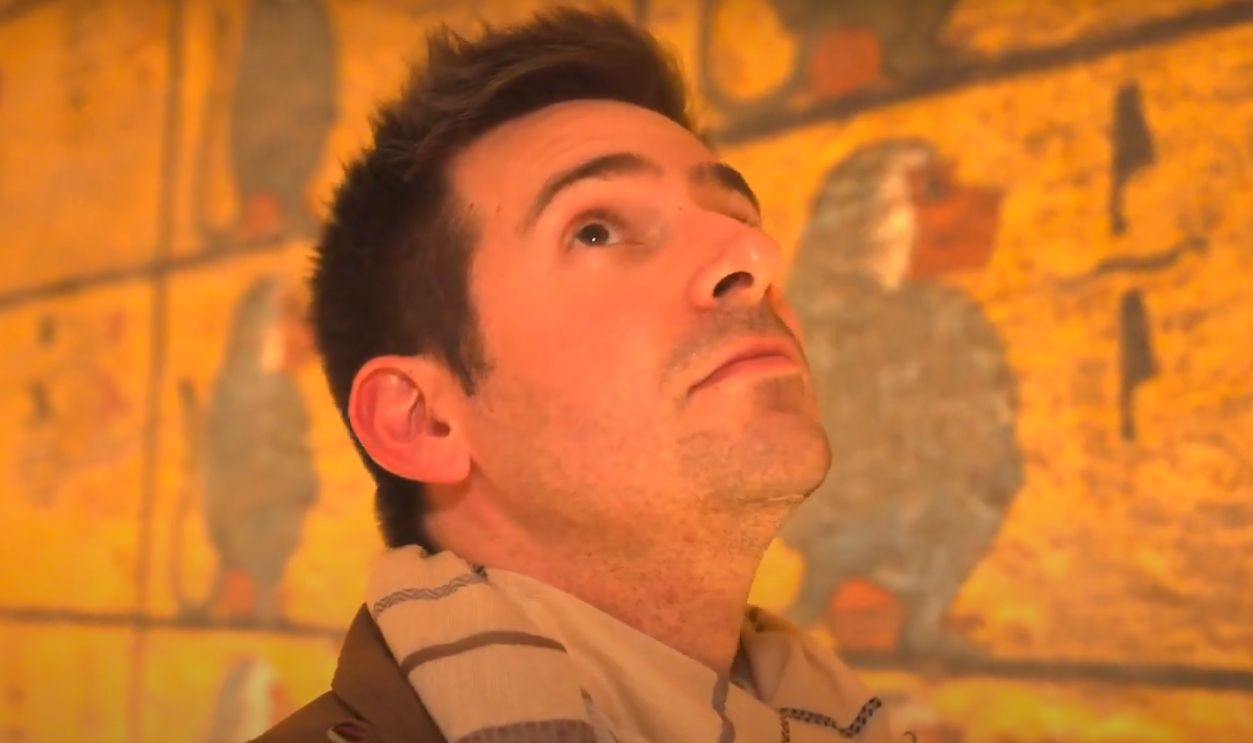 Dr Jean-Guillaume Olette-Pelletier, Egyptologist & Cryptologist, Past Preservers
Dr Jean-Guillaume Olette-Pelletier, Egyptologist & Cryptologist, Past Preservers
A French Egyptologist's Walk Turned World-Famous Find
When the scaffolding went up in 2022 for restoration, Olette-Pelletier gained rare proximity to the upper shaft. This access allowed him to examine the obscured sections in detail, confirming suspicions of encoded hieroglyphs. His boots-on-granite approach turned casual theory into a monumental finding now echoing through academic circles.
 Dr Jean-Guillaume Olette-Pelletier, Egyptologist & Cryptologist, Past Preservers
Dr Jean-Guillaume Olette-Pelletier, Egyptologist & Cryptologist, Past Preservers
Seven Crypto-Hieroglyphs Hidden In Granite
Etched quietly into the stone were seven clusters unlike the others—hieroglyphs that seemed to defy traditional syntax. These crypto-hieroglyphs were cerebral puzzles strategically placed to conceal deeper meanings. Their symmetry and layered design expose a linguistic architecture built for minds fluent in esoteric symbol systems.
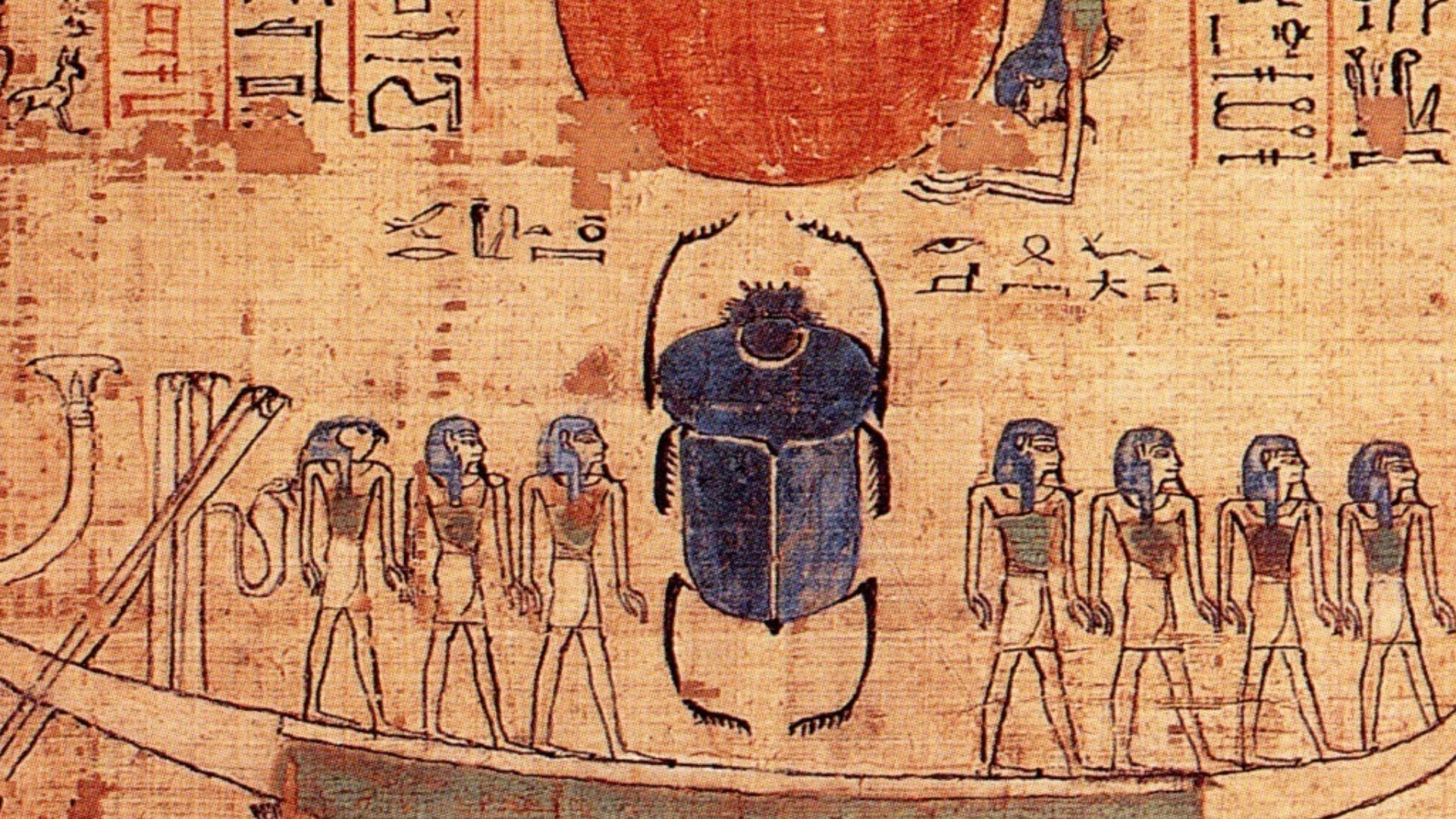 Original author unknown, Wikimedia Commons
Original author unknown, Wikimedia Commons
The Ancient Script Meant For The Elite
These cryptic inscriptions weren't for public consumption. Crafted for high priests and scholars, the Obelisk's hidden language operated in intellectual strata far above ordinary literacy. In a society where writing was sacred, this elite form of communication reinforced hierarchy by granting access to divine knowledge through secret grammar and logic.
What Are Crypto-Hieroglyphs And Who Could Read Them?
Crypto-hieroglyphs are deliberately encoded messages that alter standard hieroglyphic form through visual puns, reversed reading, and symbolic layering. Known to only a handful of ancient initiates—and fewer modern scholars—they are a linguistic labyrinth. Only Egyptologists versed in their structure can begin to decipher their dense and purposeful ambiguity.
Symbols That Shift Depending On How You Look
Unlike traditional inscriptions that follow consistent direction and form, crypto-hieroglyphs bend the rules. Meaning depends on perspective, literally. Some messages appear only when viewed from a specific angle or when certain characters are reversed. This dynamic construction changed the Obelisk into a visual riddle visible only to discerning eyes.
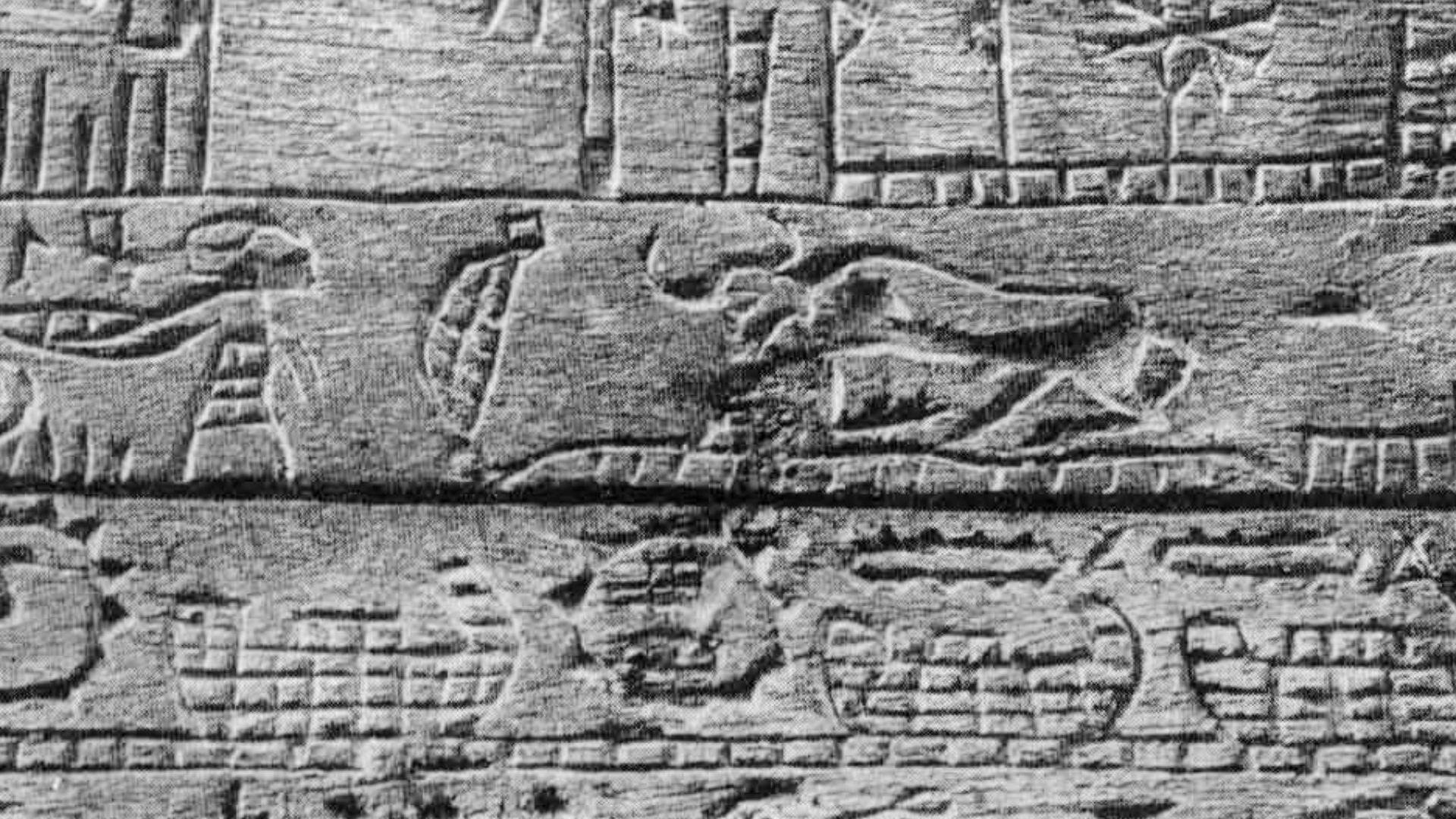 William Matthew Flinders Petrie (3 June 1853 – 28 July 1942), Wikimedia Commons
William Matthew Flinders Petrie (3 June 1853 – 28 July 1942), Wikimedia Commons
Ramses II's Hidden Voice
Ramses II's hidden messages assert his sanctified rule by linking his name to gods and eternal life. The pharaoh wasn't just documenting his reign. He was branding his divine legitimacy in a language meant to outwit erosion and time itself.
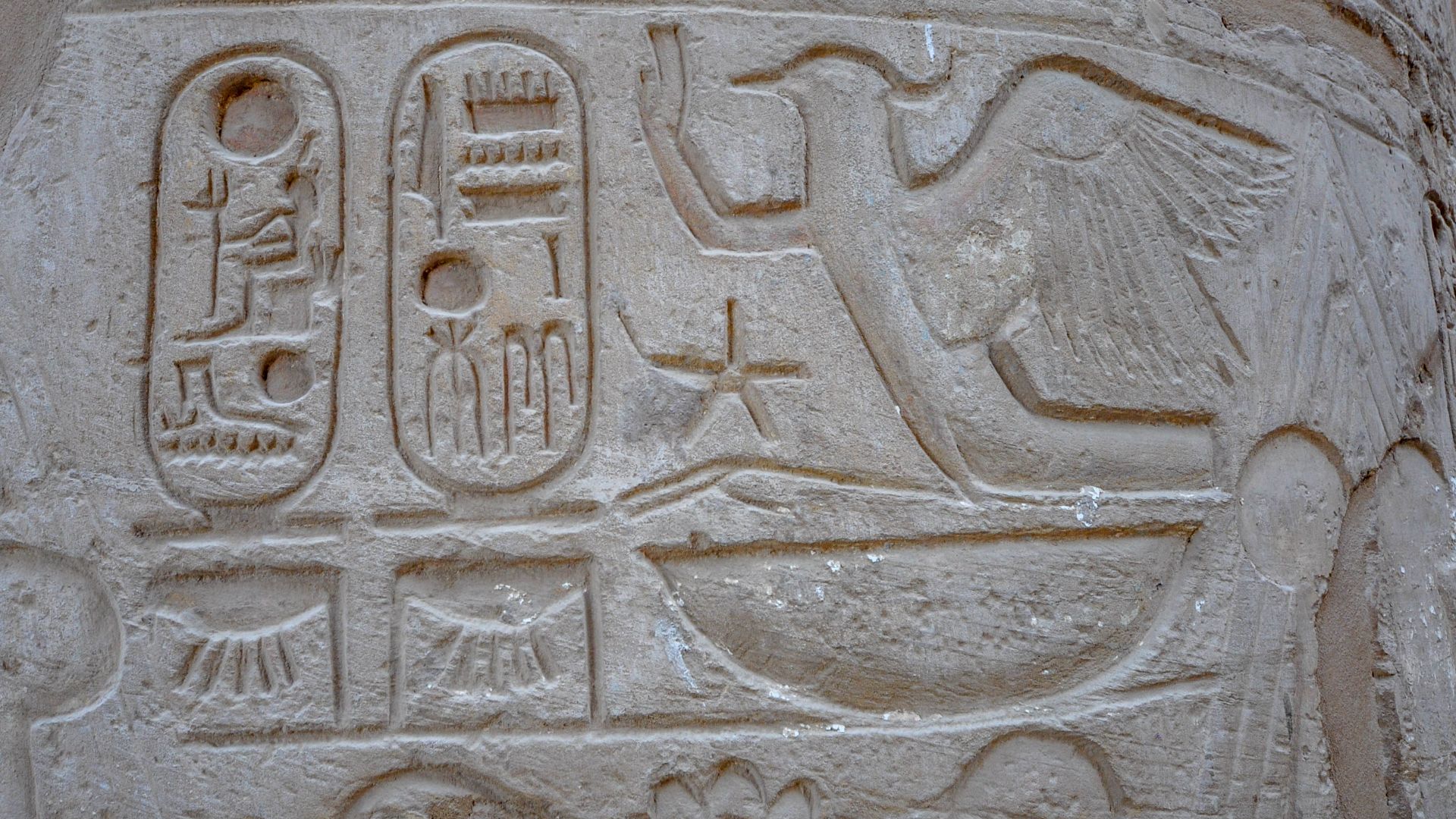 Jorge Lascar from Melbourne, Australia, Wikimedia Commons
Jorge Lascar from Melbourne, Australia, Wikimedia Commons
Appease The Ka-Force Of Amun
This evocative phrase found within the Obelisk's hidden script was a command rooted in theology. The ka, or spiritual essence, of Amun demanded offerings. Such language reinforced the reciprocal relationship between ruler and god. It portrays Ramses II as the divine intermediary for national well-being.
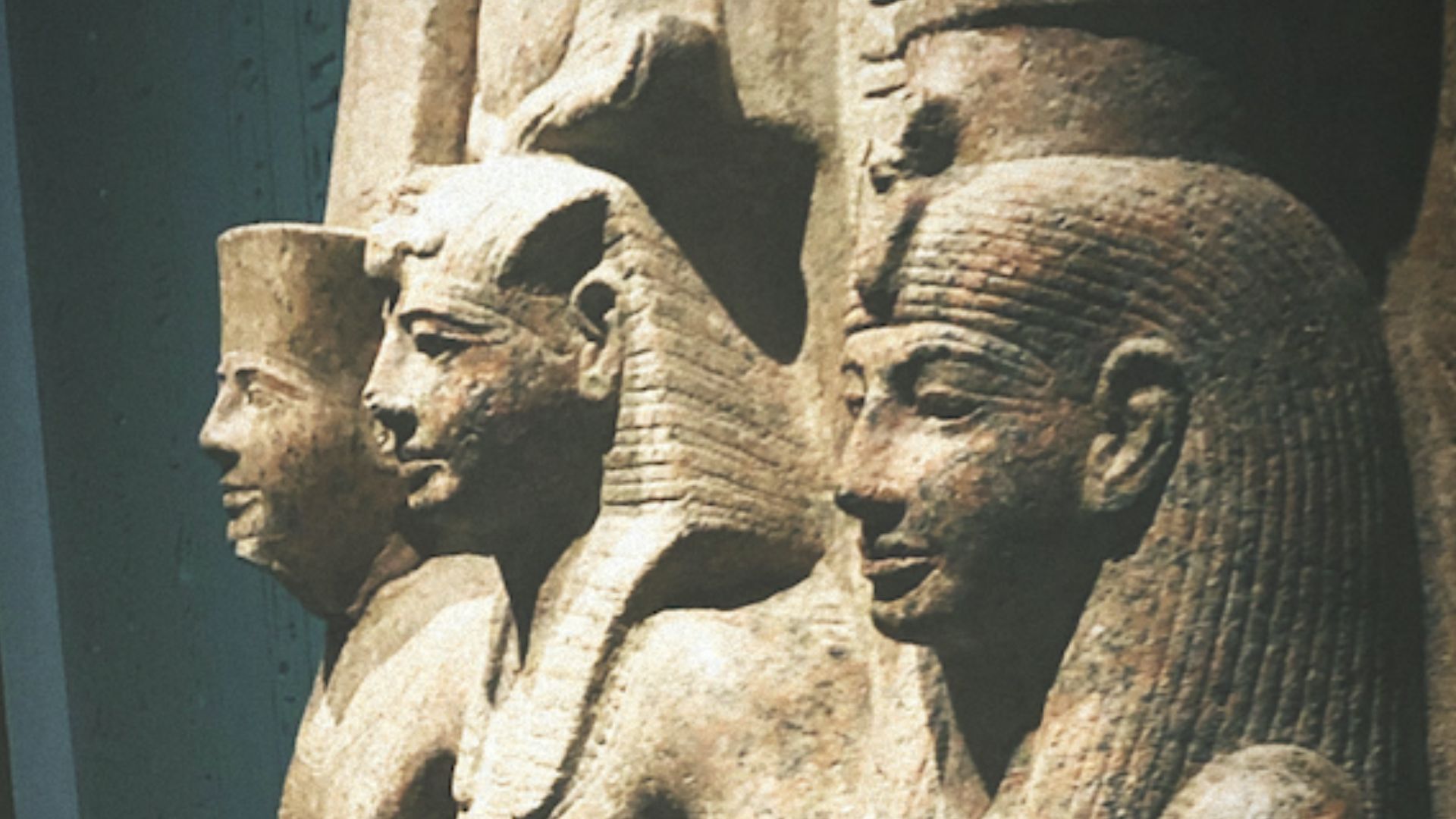 Alex Kirkland, Wikimedia Commons
Alex Kirkland, Wikimedia Commons
The Western Face That Watched The Nile
Originally facing west toward the Nile, the Obelisk's inscriptions were aligned for impact. This side greeted noblemen arriving by boat. The placement ensured these elites saw the sacred text first. It reinforces Ramses II's supremacy at the moment of entry, where divine architecture met political performance.
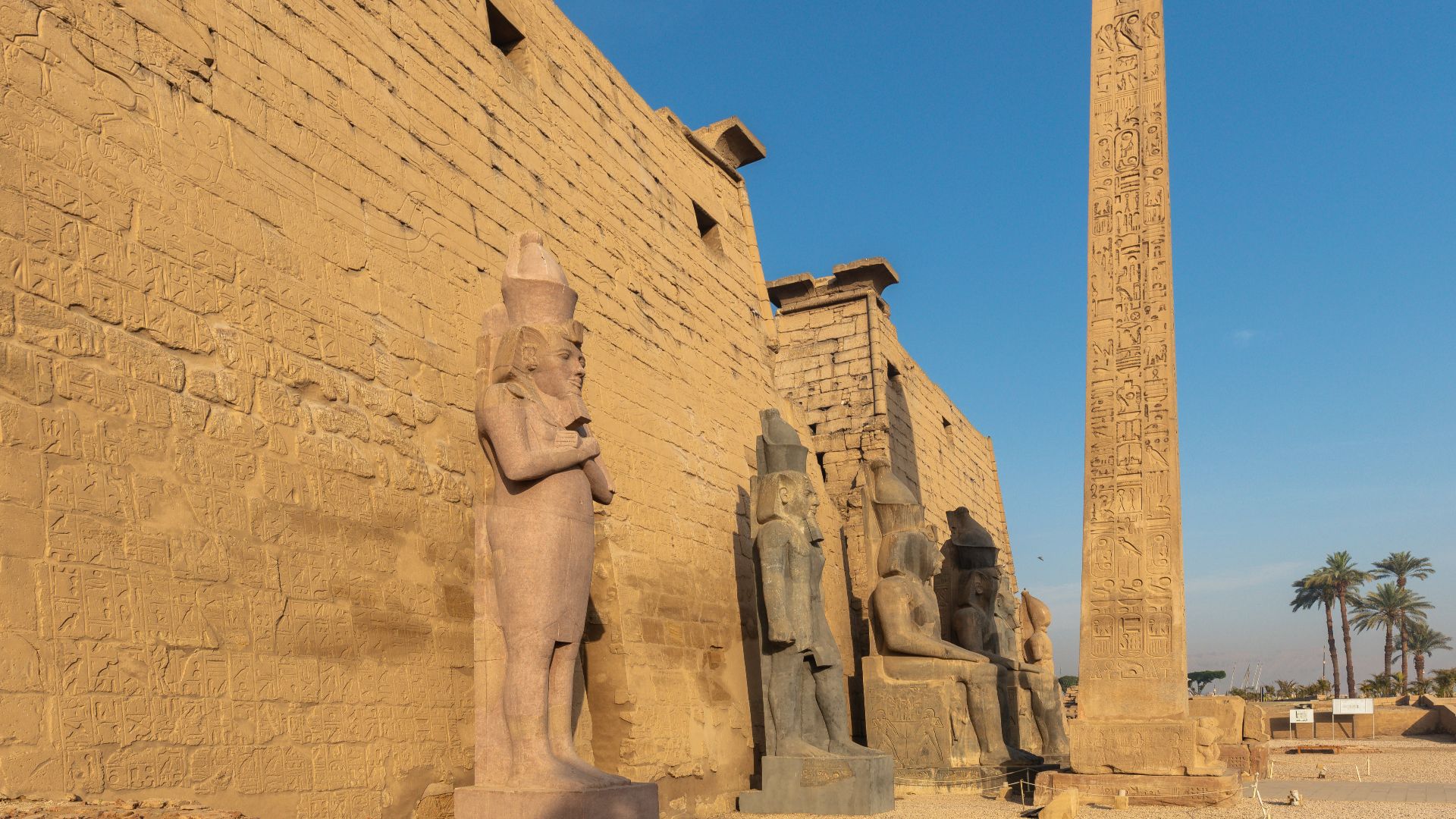 Diego Delso, Wikimedia Commons
Diego Delso, Wikimedia Commons
How The Obelisk Spoke To Boats And Nobles
Approaching Luxor Temple from the river, nobles would witness the Obelisk rise into view with its messages strategically angled. The pharaoh's divine rhetoric, coded in crypto-hieroglyphs, asserted control through religious awe. Arrival ceremonies became moments of ideological reaffirmation.
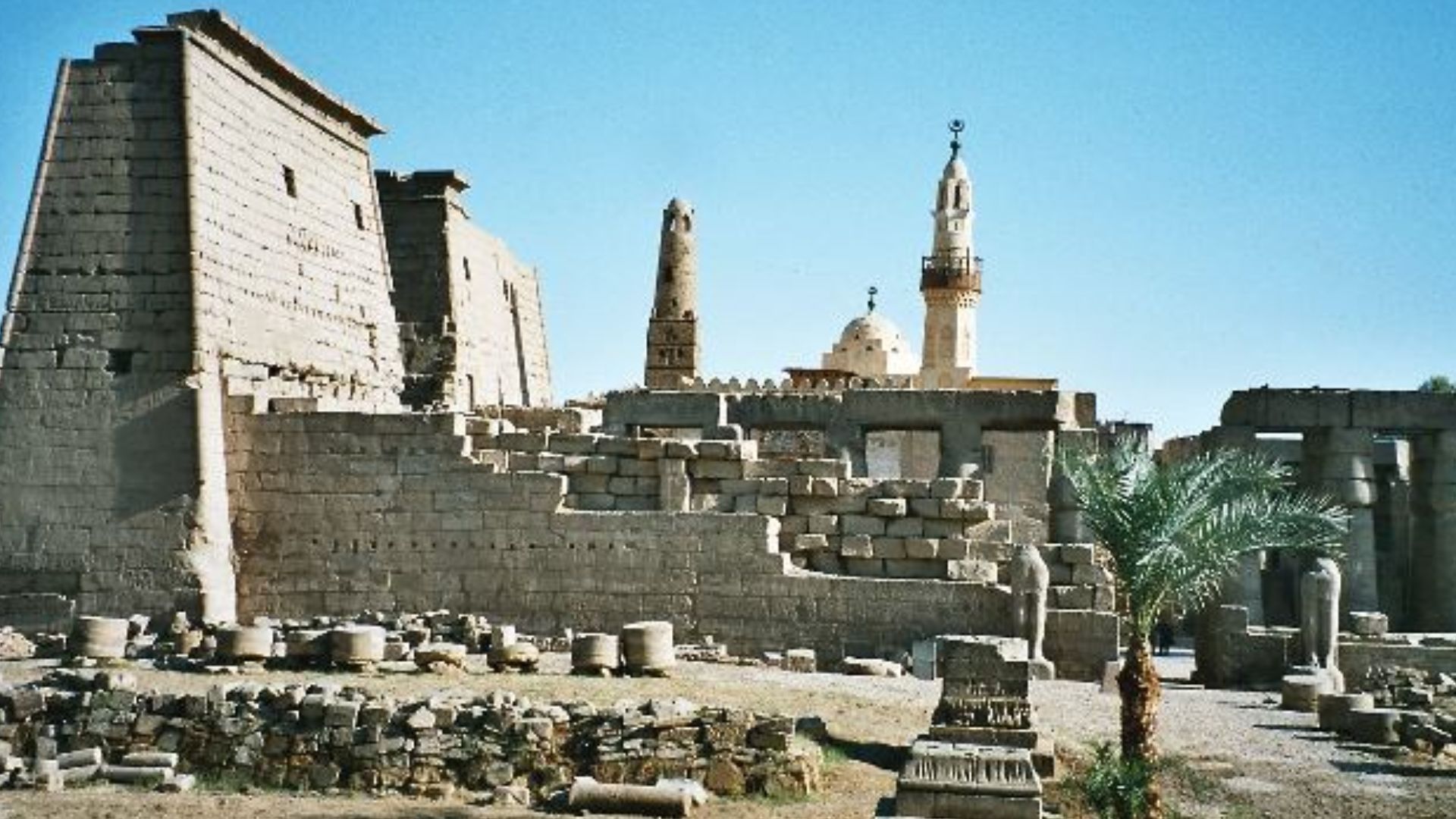 Hajor at English Wikipedia, Wikimedia Commons
Hajor at English Wikipedia, Wikimedia Commons
Puzzles And Directional Secrets
Each glyph cluster held intellectual traps. Words doubled as symbols and phrases flipped meanings when reversed. This sophisticated textual play showcased the pharaoh's favor among scholars by weaving theology and statecraft into a visual system designed to mesmerize and manipulate.
A Language Of The Gods—Or Of Political Strategy?
Were these cryptic phrases sacred revelation or deliberate persuasion? Ancient Egyptians saw no divide between divinity and rule. These hieroglyphic puzzles could be devotional offerings or ideological tools—or both. They blurred the boundary between ritual and regime and enabled Ramses II to speak as king and god.
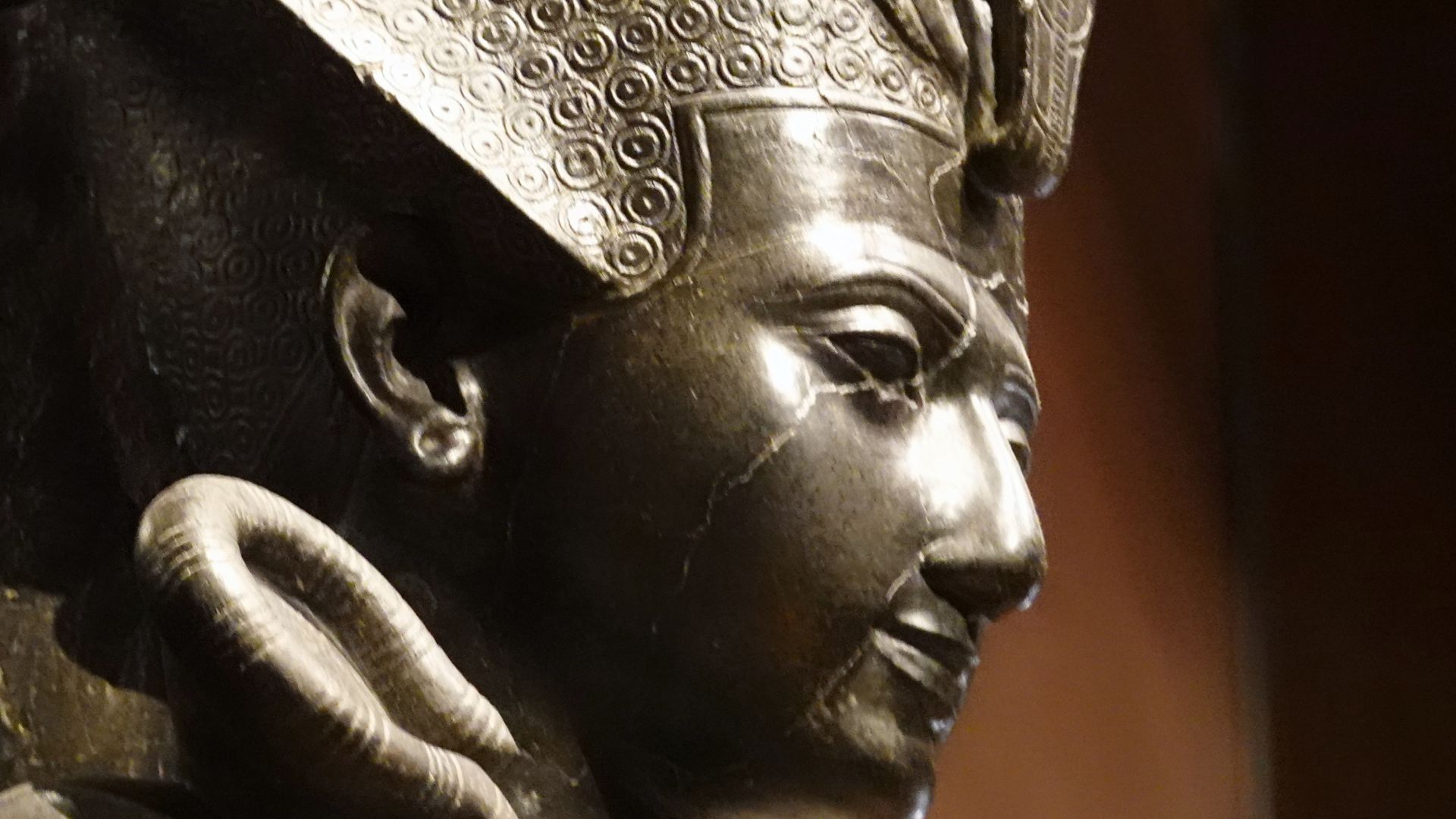 Prof. Mortel, Wikimedia Commons
Prof. Mortel, Wikimedia Commons
How Ancient Egypt Used Propaganda Without Paper
In a world without pamphlets or printing presses, stone served as the ultimate medium. Monumental inscriptions, especially those cloaked in esoteric form, allowed rulers to broadcast ideology permanently. These silent statements were impossible to erase and carefully aimed at shaping the worldview of the elite.
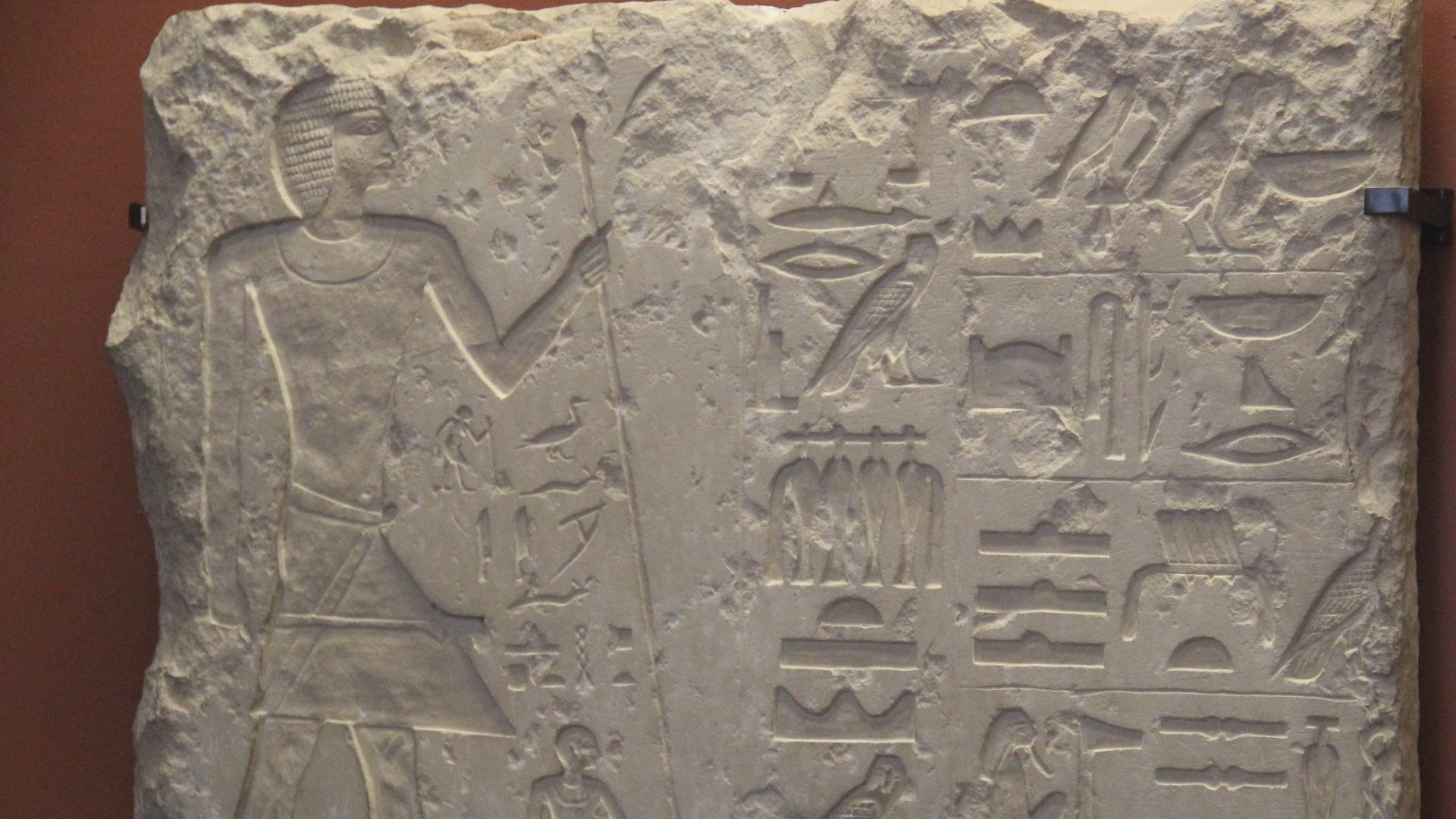 Gary Todd from Xinzheng, China, Wikimedia Commons
Gary Todd from Xinzheng, China, Wikimedia Commons
Hieroglyphs That Only High Priests Understood
Not all scribes could interpret the Obelisk's secret layers. These glyphs required religious training and initiation into temple mysteries. High priests, not bureaucrats, were the likely readers. This exclusivity allowed pharaohs to embed privileged messages that bypassed the masses and reinforced a closed circle of divine authority.
 Anonymous (Egypt)Unknown author, Wikimedia Commons
Anonymous (Egypt)Unknown author, Wikimedia Commons
Was Ramses II A Pharaoh Or A Living God?
This question sits at the heart of his monuments. The king's inscriptions claimed godhood not metaphorically but ritually. The crypto-hieroglyphs support that claim by carving divine titles and eternal language that presented him as sovereign and sacred, a being who transcended human kingship.
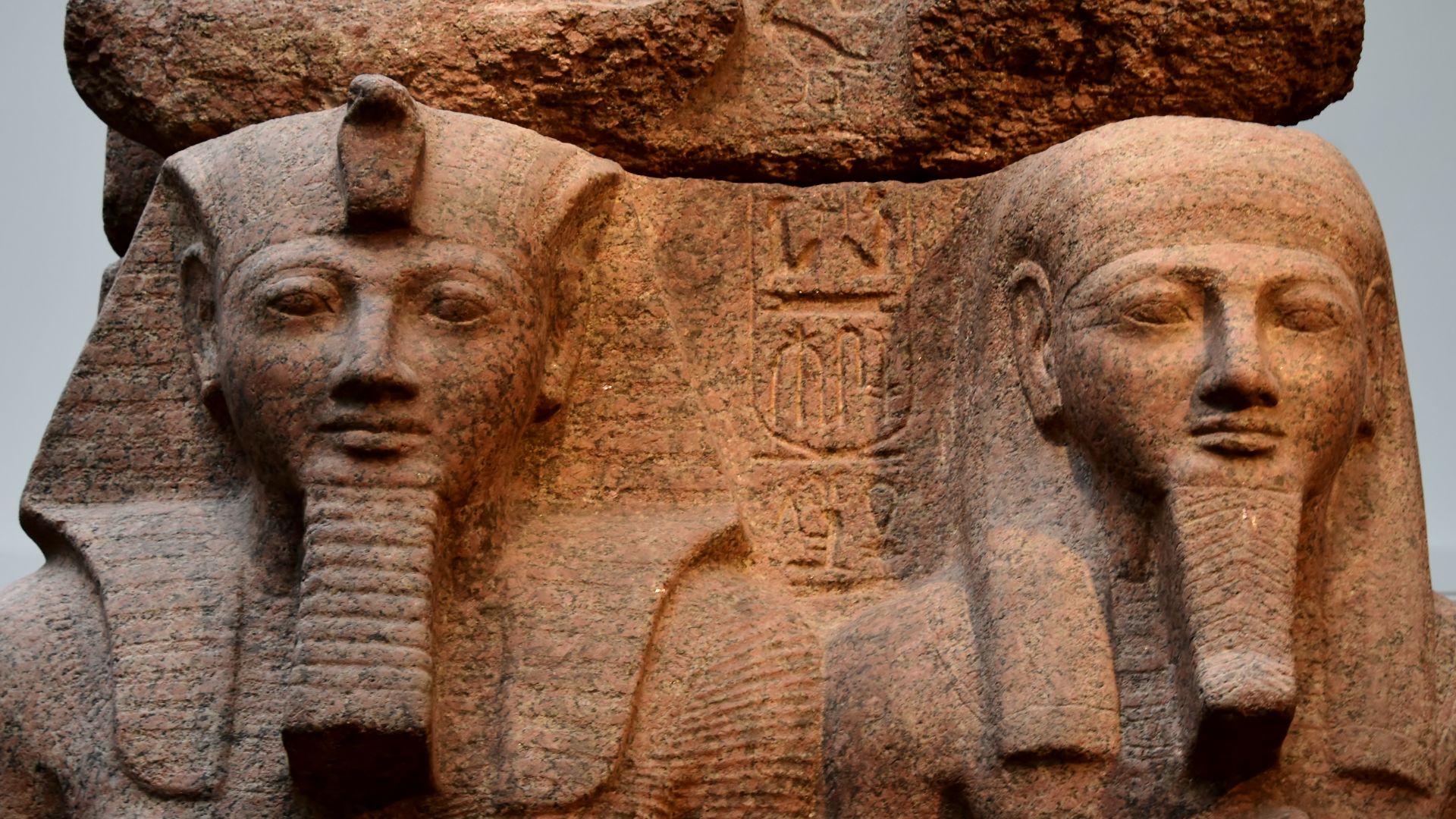 Richard Mortel from Riyadh, Saudi Arabia, Wikimedia Commons
Richard Mortel from Riyadh, Saudi Arabia, Wikimedia Commons
The Art Of Divine Messaging In Stone
The Luxor Obelisk demonstrates that propaganda in Ancient Egypt was an art form. The careful balancing of aesthetics, language, symbolism, and spatial placement created a multi-dimensional narrative. Every curve and character worked in tandem to communicate power through form.
How The Opet Festival Became A Stage For Power
Held annually in Thebes, the Opet Festival paraded gods and royalty in a grand procession. As barges floated along the Nile toward Luxor Temple, the Obelisk's messages stood ready to greet participants with sacred speech.
Reading Between The Lines
Crypto-hieroglyphs require spatial reasoning. Words might snake around symbols or invert traditional grammar to layer hidden meanings behind visual cues. To comprehend them, one must read not only what's written but where and how it's placed.
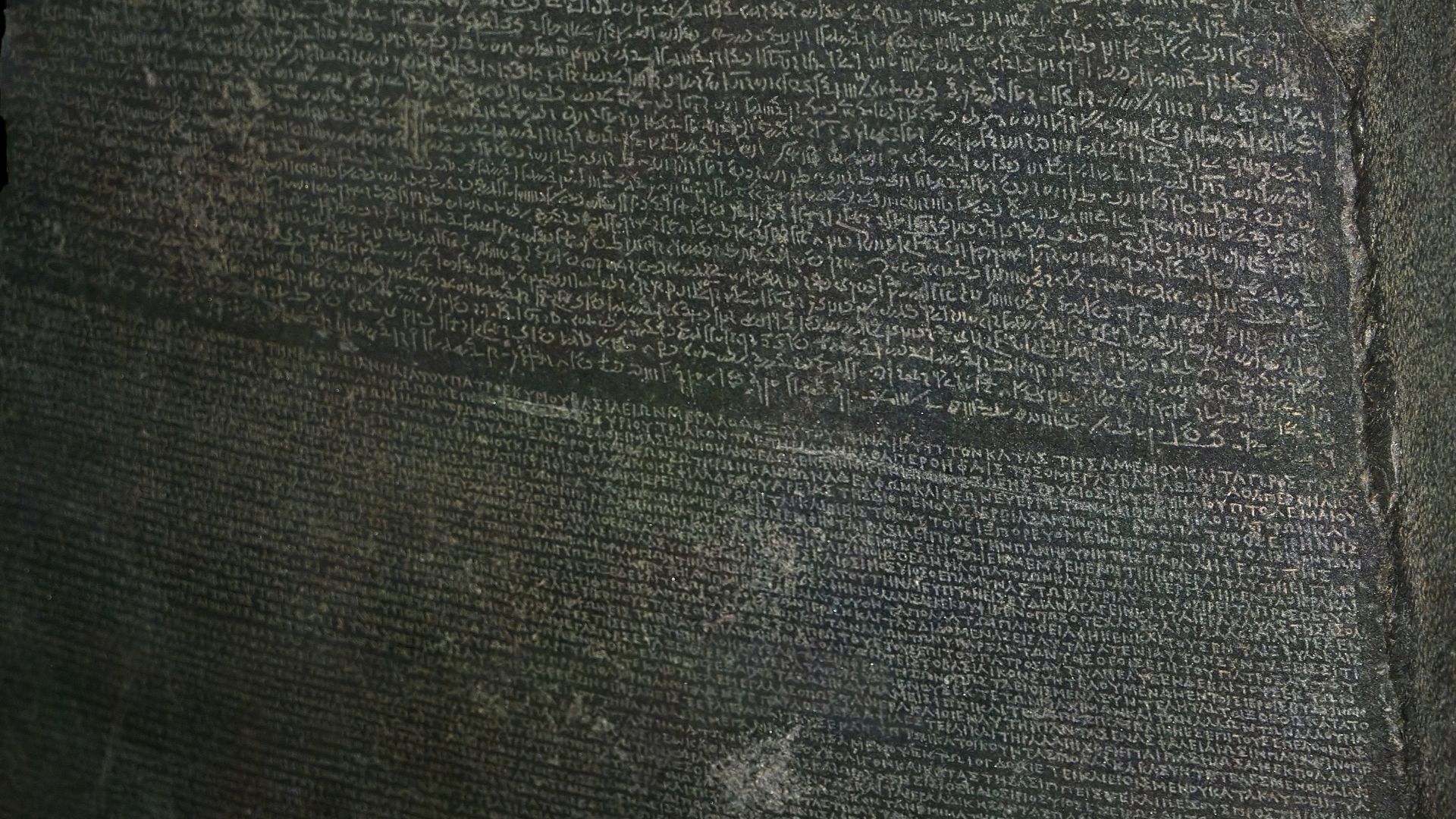 Hans Hillewaert, Wikimedia Commons
Hans Hillewaert, Wikimedia Commons
Clues Found Only With Binoculars And Scaffolding
With binoculars first, then scaffold access, Olette-Pelletier examined previously unreachable inscriptions. This rare vantage point exposed strange alignments and character shifts invisible from the ground. They prove that height was tactical as it concealed the truth until the viewer earned it.
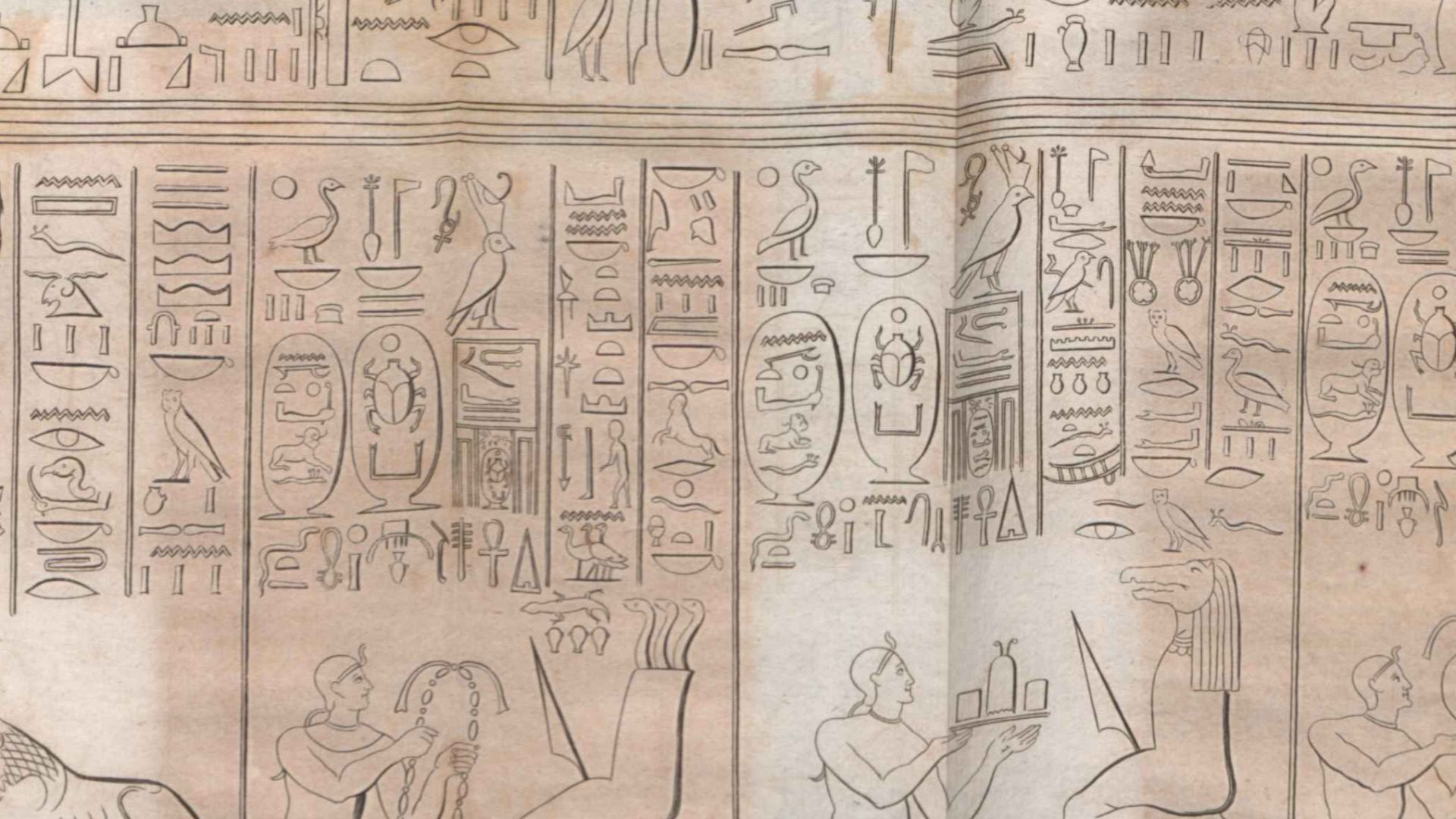 Federica Viazzi (BEIC), Wikimedia Commons
Federica Viazzi (BEIC), Wikimedia Commons
The Role Of Canon Etienne Drioton In Crypto-Hieroglyph History
Long before this discovery, Canon Etienne Drioton had proposed the existence of encrypted hieroglyphs in sacred texts. His mid-20th-century theories suggested hidden meanings were common in elite religious inscriptions. Though overlooked at the time, his work laid the groundwork for scholars like Olette-Pelletier to pursue this elusive linguistic dimension.
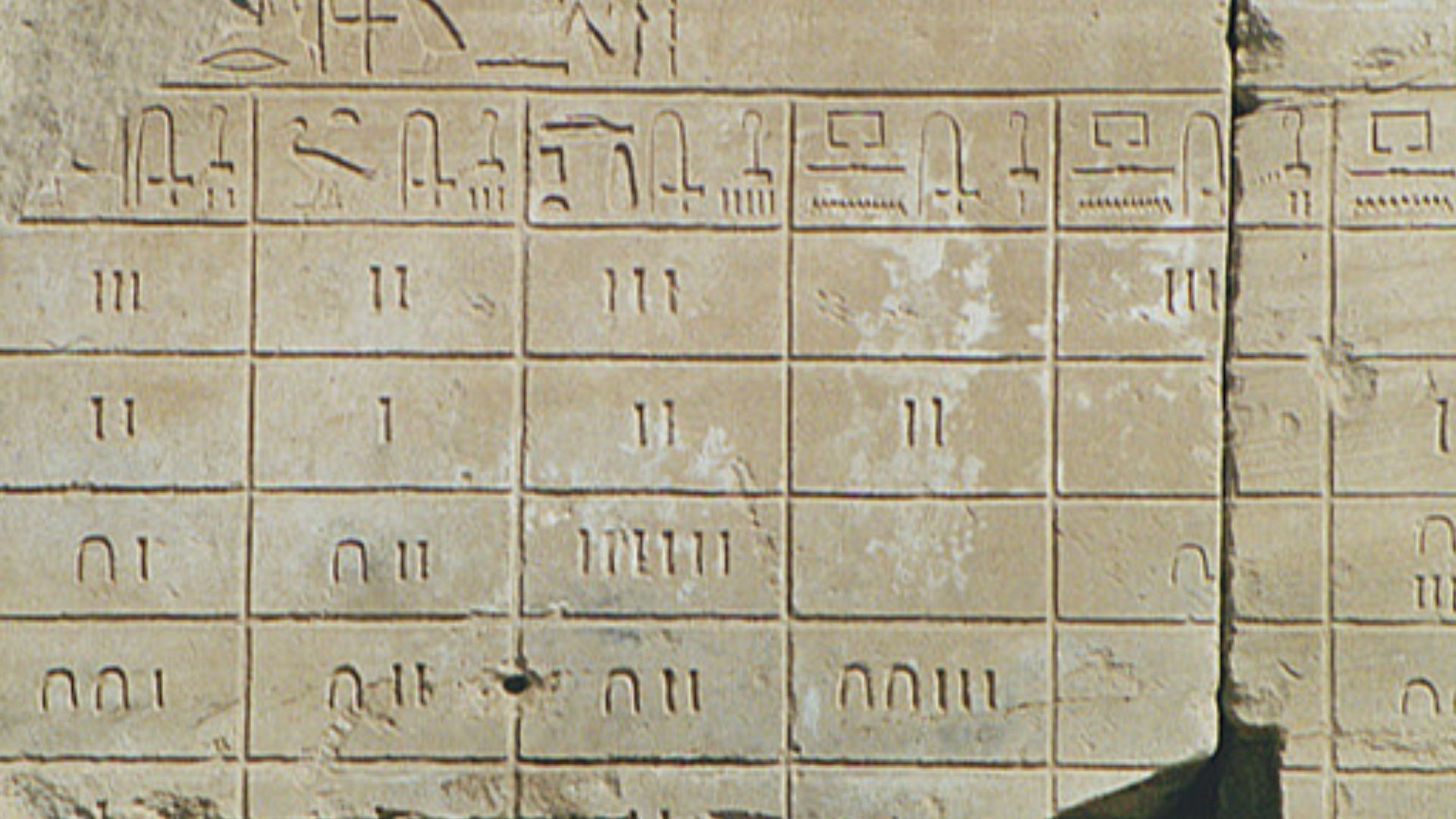 Peter van der Sluijs, Wikimedia Commons
Peter van der Sluijs, Wikimedia Commons
Why Ramses II Needed To Prove His Right To Rule
Ascending the throne after his father, Seti I, Ramses II inherited legitimacy but still had to demonstrate it. Monuments served as arguments in his time. The Luxor Obelisk, with its layered inscriptions, functioned as royal proof that showed gods, priests, nobility, and enemies that his rule was sanctioned and sacred.
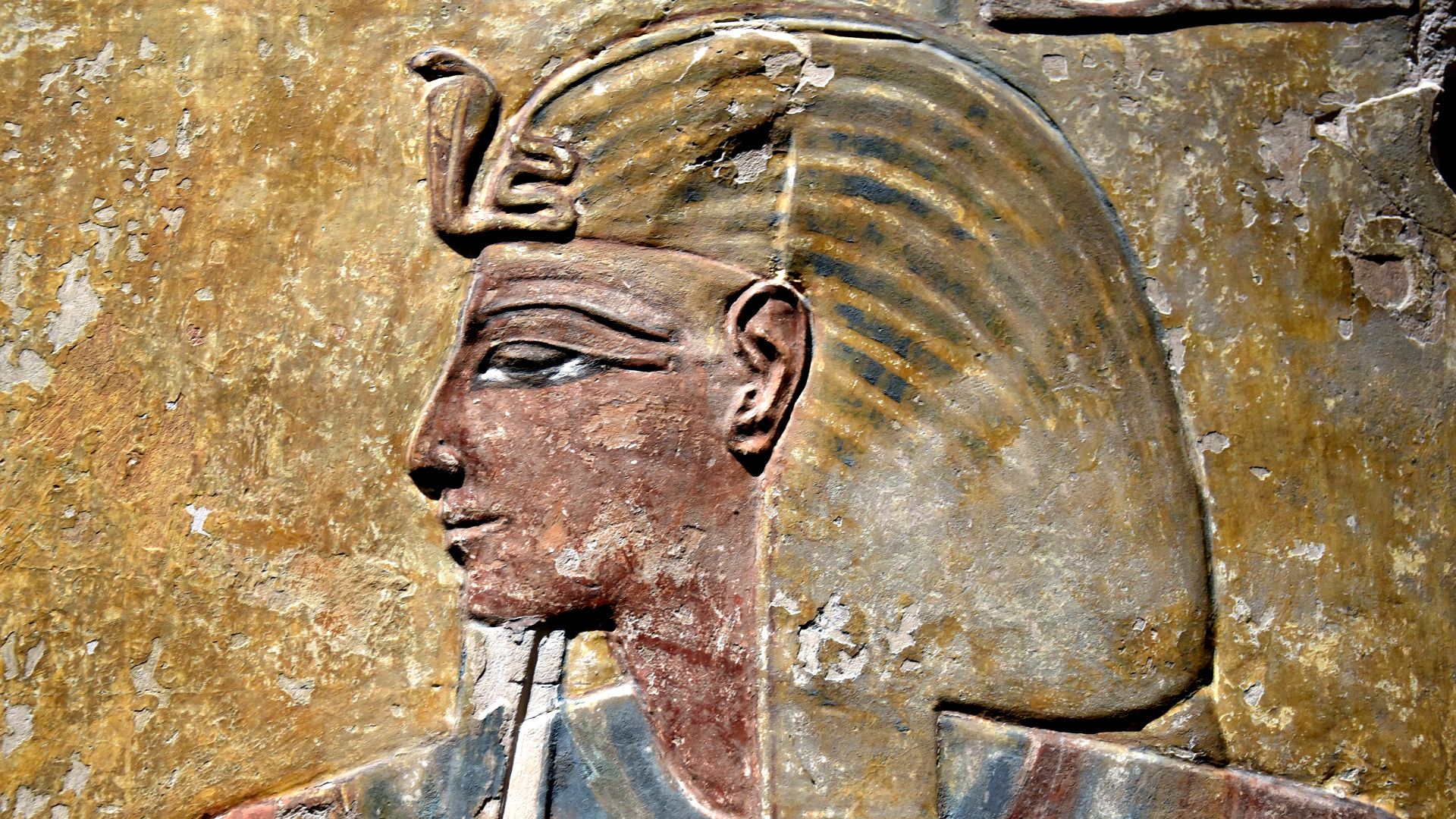 Osama Shukir Muhammed Amin FRCP(Glasg), Wikimedia Commons
Osama Shukir Muhammed Amin FRCP(Glasg), Wikimedia Commons
The Political Weight Of Granite And Gold
In Ancient Egypt, materials held meaning. Granite symbolized permanence, and gold signified divinity. By inscribing divine titles into red granite, Ramses II fused temporal rule with eternal truth. These were deliberate strategies to anchor spiritual authority in substance.
How Viewing Angles Reveal Royal Secrets
The Luxor Obelisk's most cryptic messages rely on perspective. When viewed from particular sides or elevations, certain glyphs align or reveal altered meanings. This optical layering was an engineered miracle. Only those positioned correctly could interpret the full message.
Are There More Secrets In The Twin Obelisk?
Still rooted in Luxor, the Obelisk's twin remains largely unstudied at the same depth. Scholars now wonder if it, too, bears layered messages. Could it hold mirrored phrases? Complementary riddles? Until similar access and scrutiny are applied, its full story remains partially untold.
Paris's Egyptian Treasure And Its Untold Story
To many, the Luxor Obelisk is a tourist fixture— just a foreign relic in a French square. Yet beneath its public presence lies an untapped archive. France may hold the stone, but Egypt still holds the key. Its deeper meanings have only begun to be uncovered.
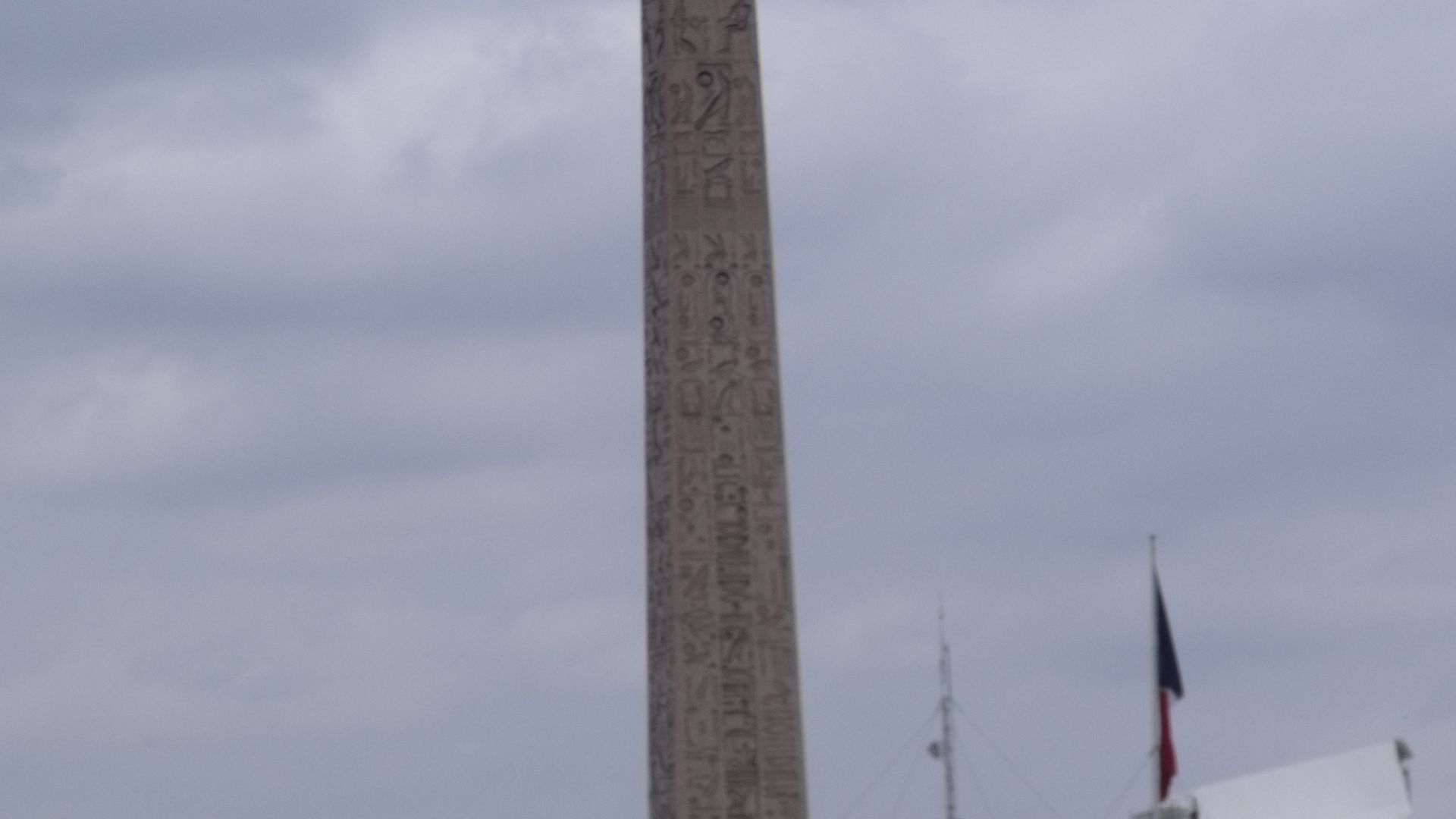 Elliott Brown from Birmingham, United Kingdom, Wikimedia Commons
Elliott Brown from Birmingham, United Kingdom, Wikimedia Commons
Cryptography Didn't Start With Computers
The roots of secret writing stretch back millennia. Long before digital encryption, ancient scribes encoded power in stone. Crypto-hieroglyphs were one of the earliest forms of protected information. They were guarded by sacred training and visual ambiguity. This Obelisk proves the art of secrecy predates our circuitry by centuries.
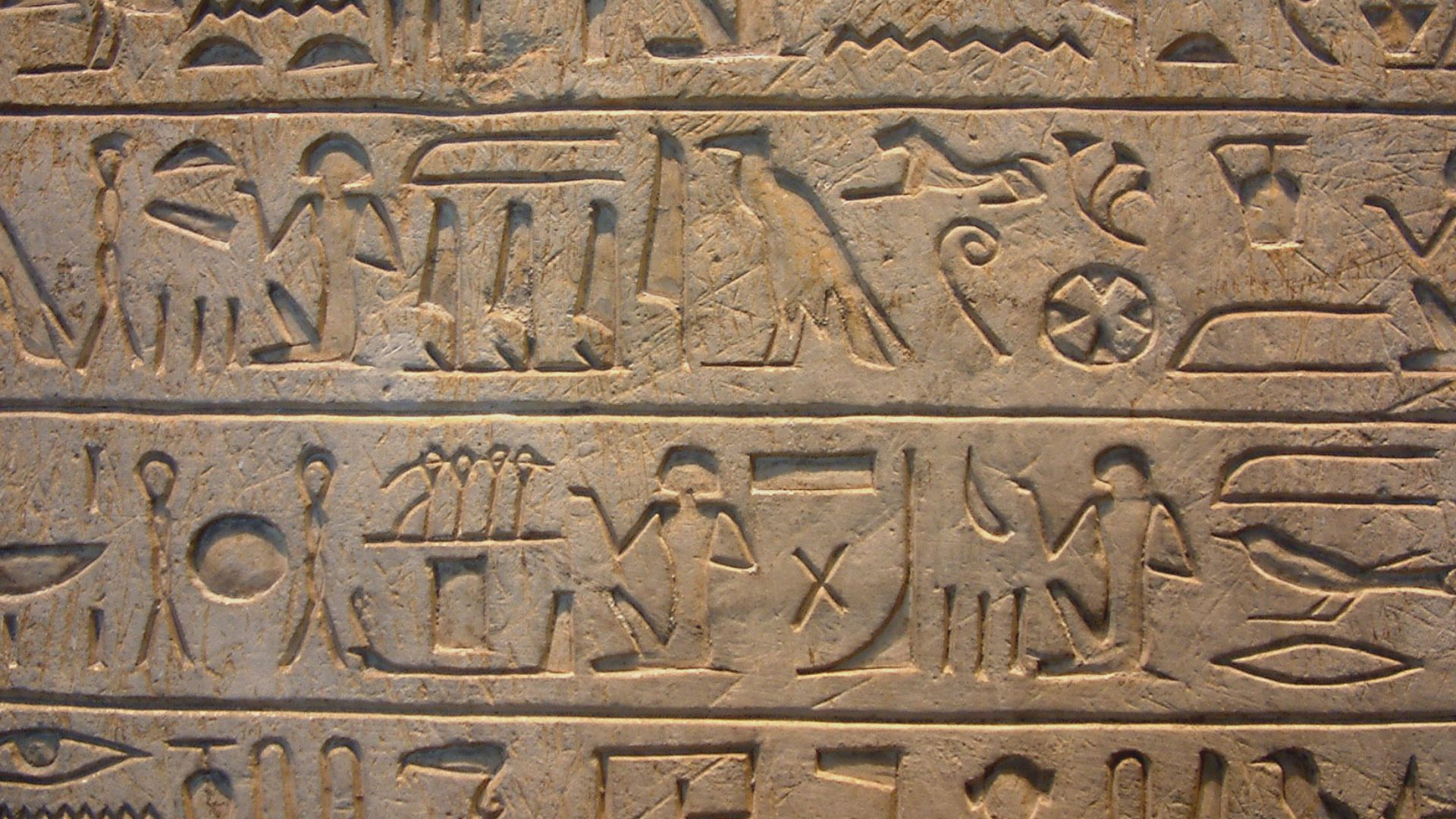 Guillaume Blanchard, Wikimedia Commons
Guillaume Blanchard, Wikimedia Commons
The Sacred Geometry Of Pharaohs
Egyptian architecture was never random. Angles and placements followed cosmic principles. The Luxor Obelisk reflects this sacred geometry, as its proportions mirror solar paths. This science was theology in stone, and it shaped how messages were remembered by those who could decode their structure.
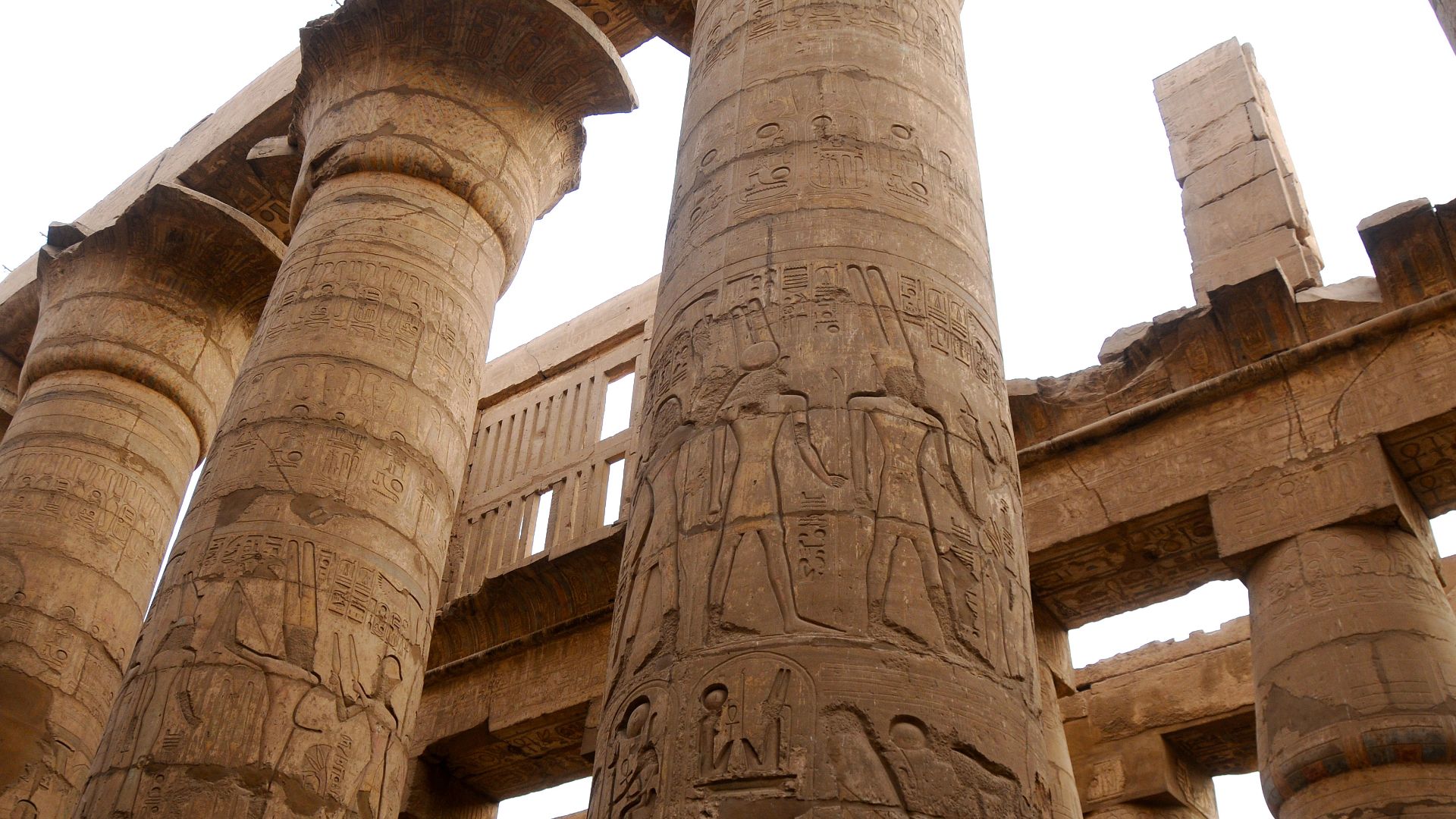 David Broad, Wikimedia Commons
David Broad, Wikimedia Commons
A Pharaoh's Legacy Etched In Riddles
Ramses II didn't rely on statues alone to be remembered. His use of crypto-hieroglyphs ensured that understanding his rule required mental effort. These riddles were invitations that offered insight only to those who could read beyond the surface and grasp his divine design.
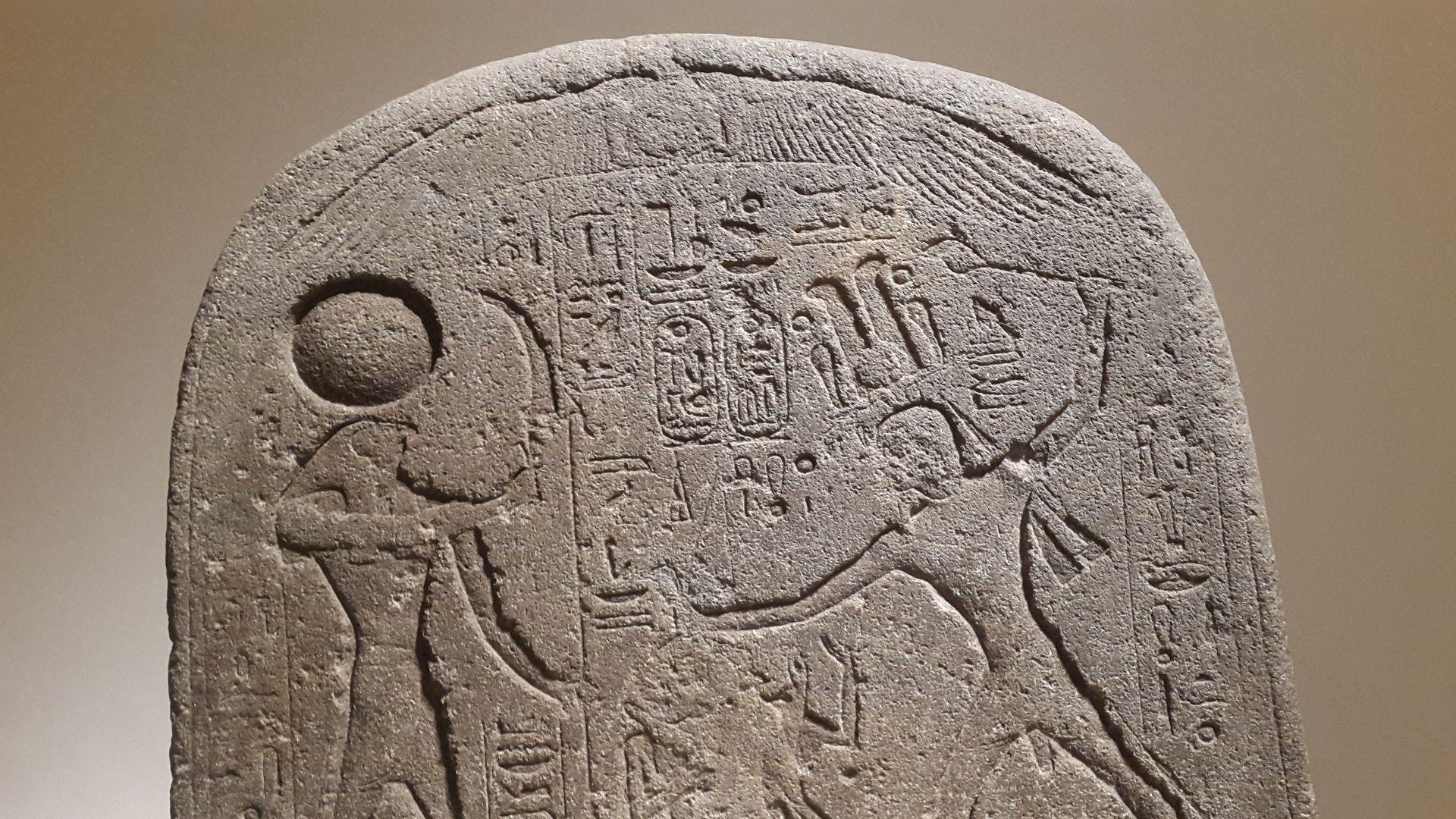 Emna Mizouni, Wikimedia Commons
Emna Mizouni, Wikimedia Commons
Should We Rethink Everything We Know About Hieroglyphs?
This discovery challenges long-held assumptions. If crypto-hieroglyphs were embedded in such a public monument, how many other texts carry concealed messages? It raises new questions about the completeness of previous translations and encourages Egyptologists to reexamine familiar inscriptions with fresh eyes.
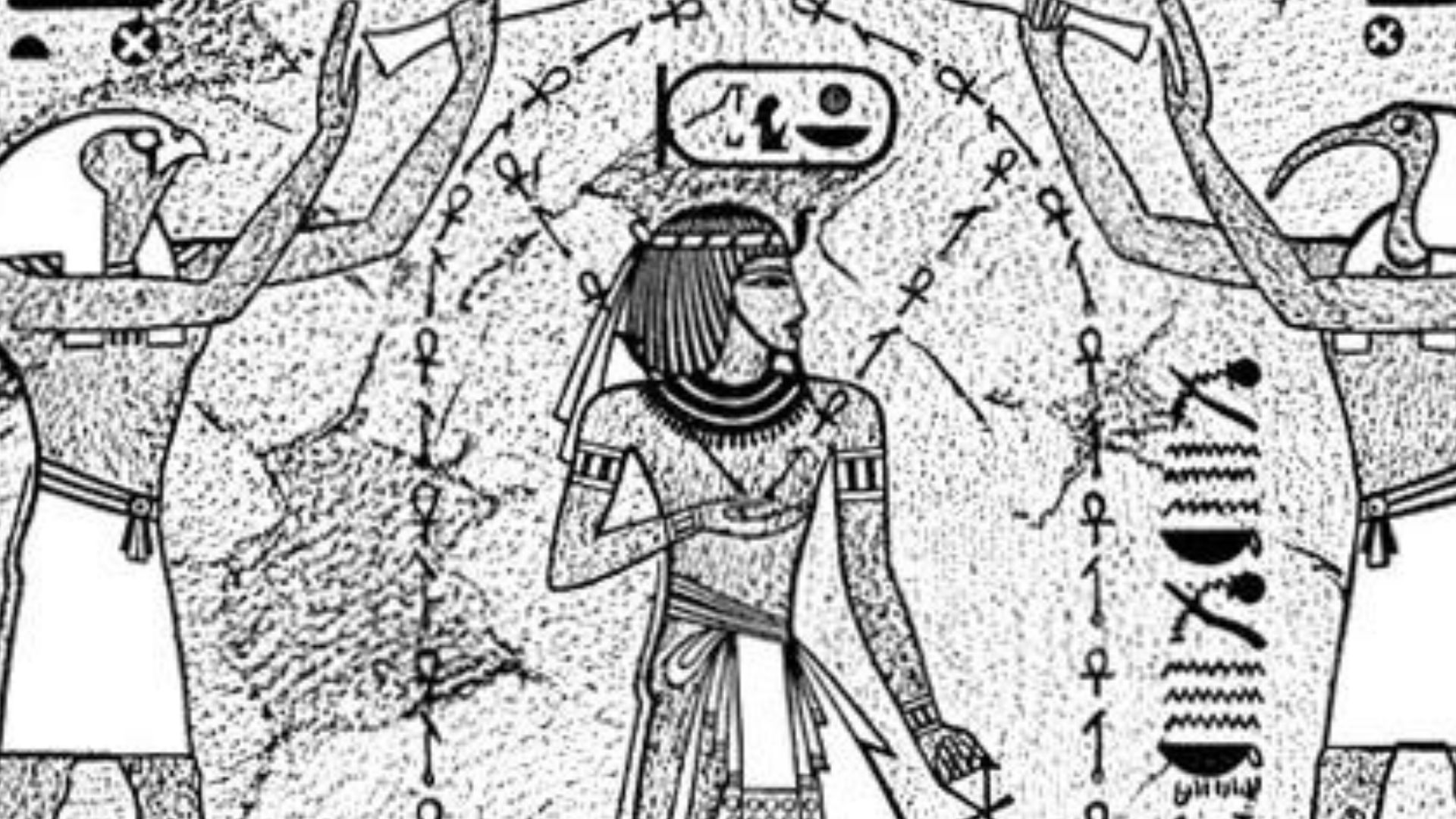 Unknown authorUnknown author, Wikimedia Commons
Unknown authorUnknown author, Wikimedia Commons
The Thin Line Between Art And Encryption
Egyptian hieroglyphs were visual poetry, but they were also strategic codes. The boundary between artistic beauty and informational secrecy was porous. The Obelisk exemplifies this duality: it attracts the eye but conceals a system of controlled access.
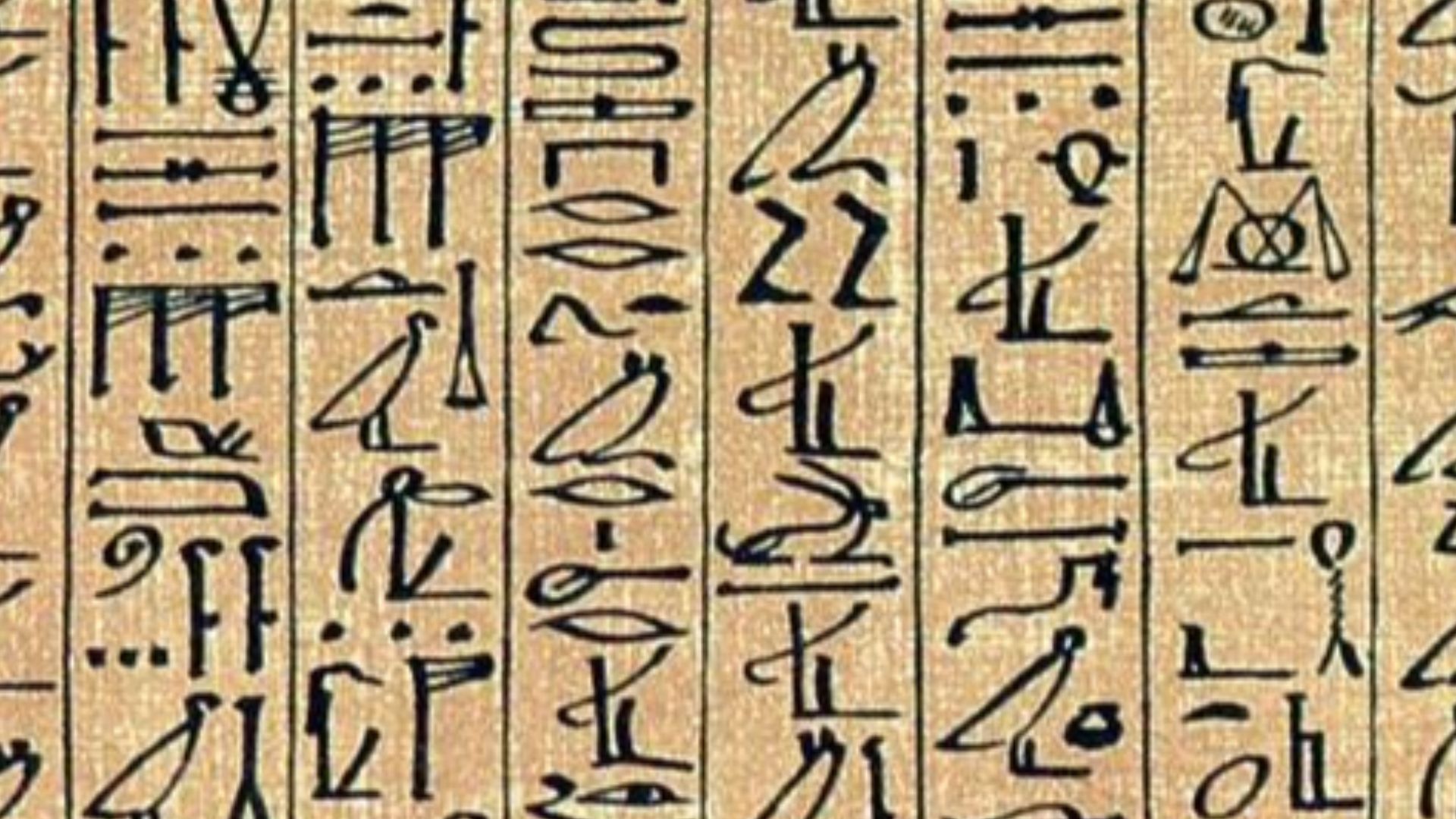 en:user:Flembles, Wikimedia Commons
en:user:Flembles, Wikimedia Commons
How Many Layers Does A Message From A Pharaoh Have?
A single phrase on the Luxor Obelisk can hold religious, political, and phonetic meanings simultaneously. Crypto-hieroglyphs emphasize this multiplicity by embedding puns and reversals. Each inscription becomes a multilayered declaration meant to be read differently by priests and, now, modern scholars.
The Politics Of Ancient Artifacts
The Obelisk's relocation from Luxor to Paris was a geopolitical gesture. Moving a monument infused with sacred meaning into a new cultural context shifted its voice. Once a tool of royal Egyptian propaganda, it became a silent emblem of 19th-century diplomacy and colonial fascination.
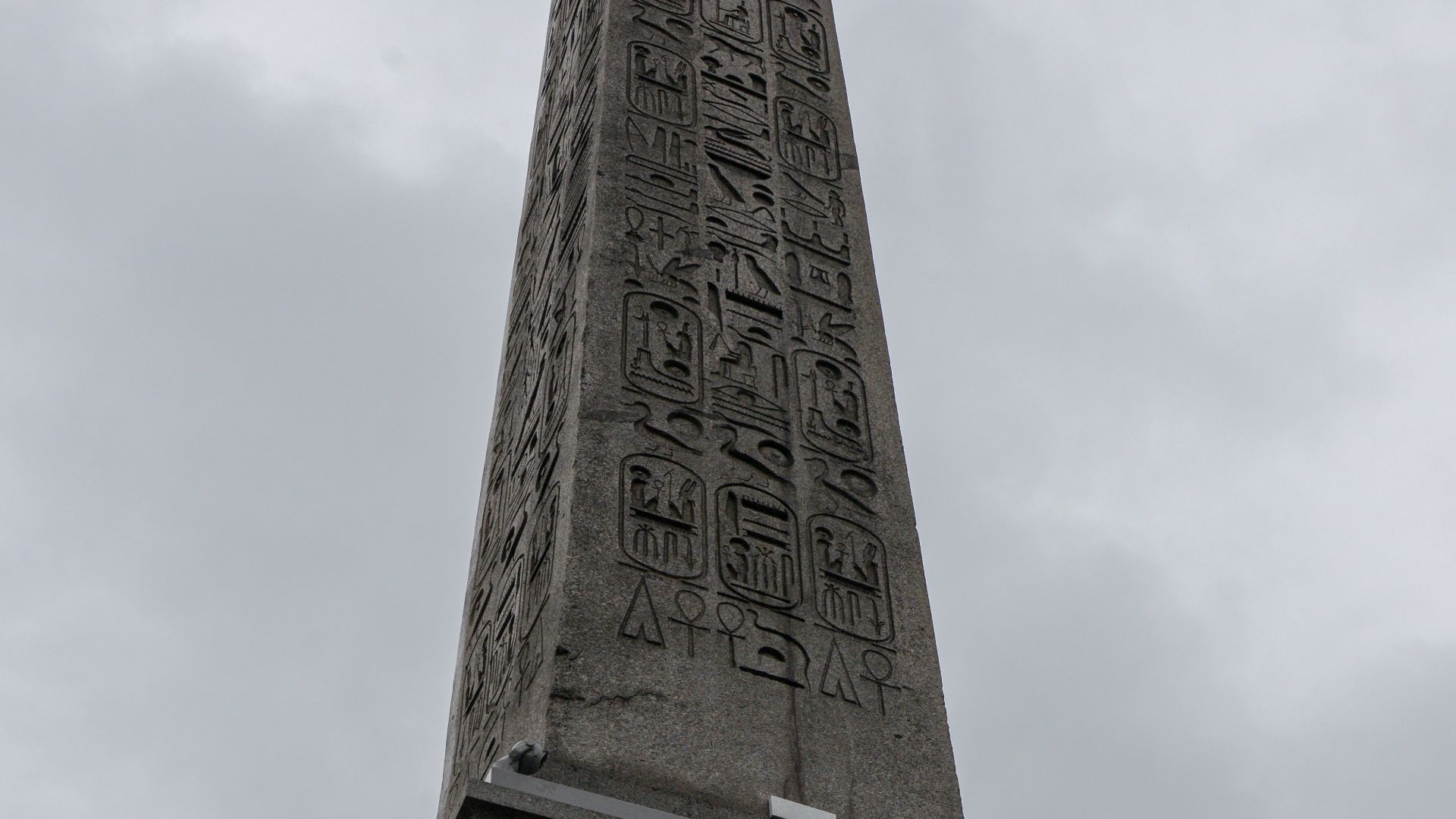 Jorge Láscar from Melbourne, Australia, Wikimedia Commons
Jorge Láscar from Melbourne, Australia, Wikimedia Commons
What Other Monuments Might Be Speaking In Code?
This revelation invites a broader investigation. Could other Obelisks, temple walls, statues, or tombs also hide layered meanings? If one of the most visible monuments in the world concealed crypto-hieroglyphs, countless others might, too.
Why Peer Review Matters In Egyptology
Exciting as Olette-Pelletier's findings are, academic rigor remains essential. Peer review ensures that interpretations hold against scrutiny. Without it, personal insight risks becoming a myth. In a field where new discoveries can rewrite history, measured validation safeguards the line between revelation and speculation.
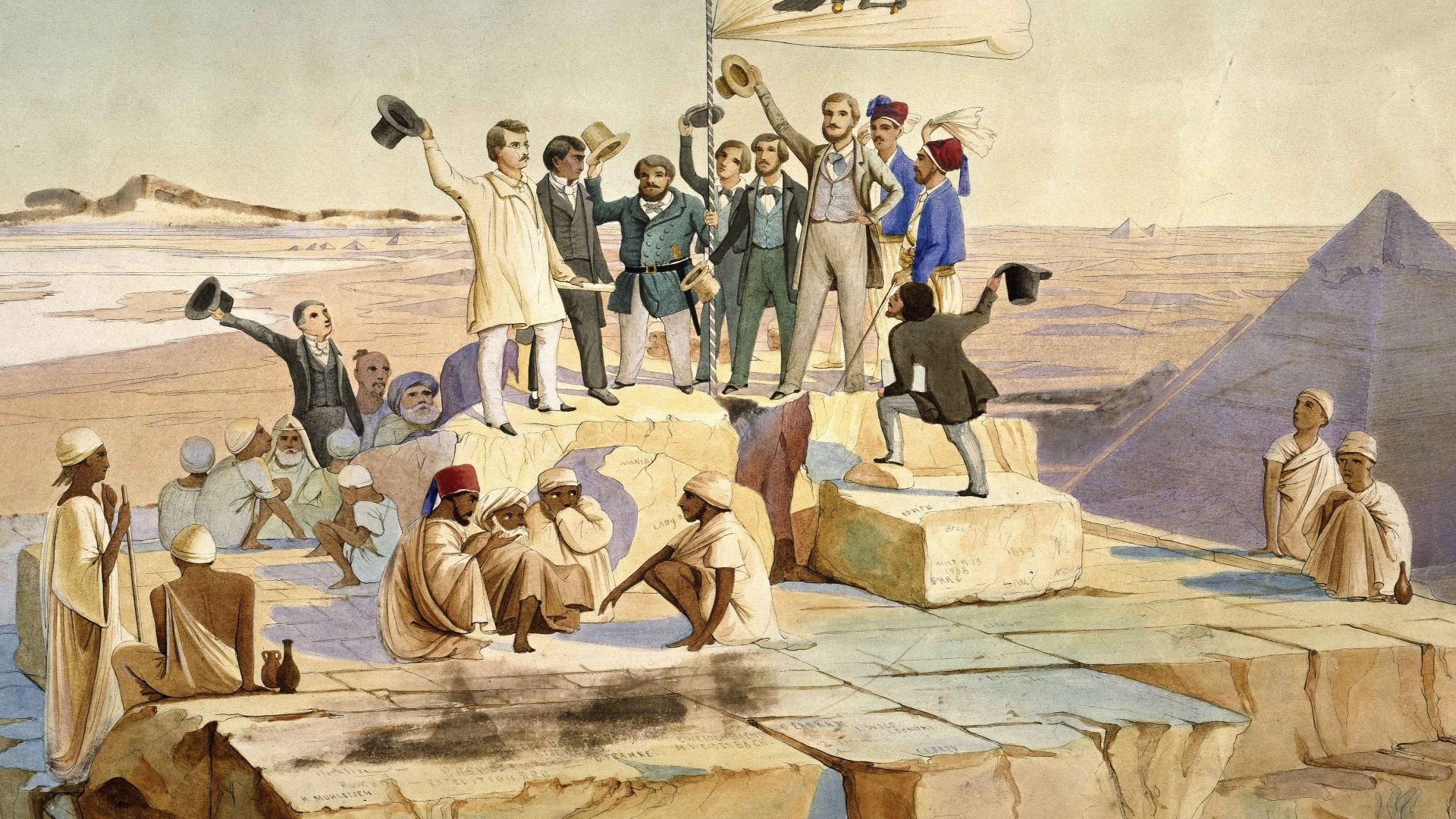 Johann Jakob Frey, Wikimedia Commons
Johann Jakob Frey, Wikimedia Commons
Ramses II's Voice Still Echoes, If You Know Where To Listen
Though millennia have passed, Ramses II still speaks with his voice hidden in granite. To hear him, one must not only look but look wisely. The Luxor Obelisk remains a conduit of power that whispers the truths to those who seek meaning beyond surface and stone.
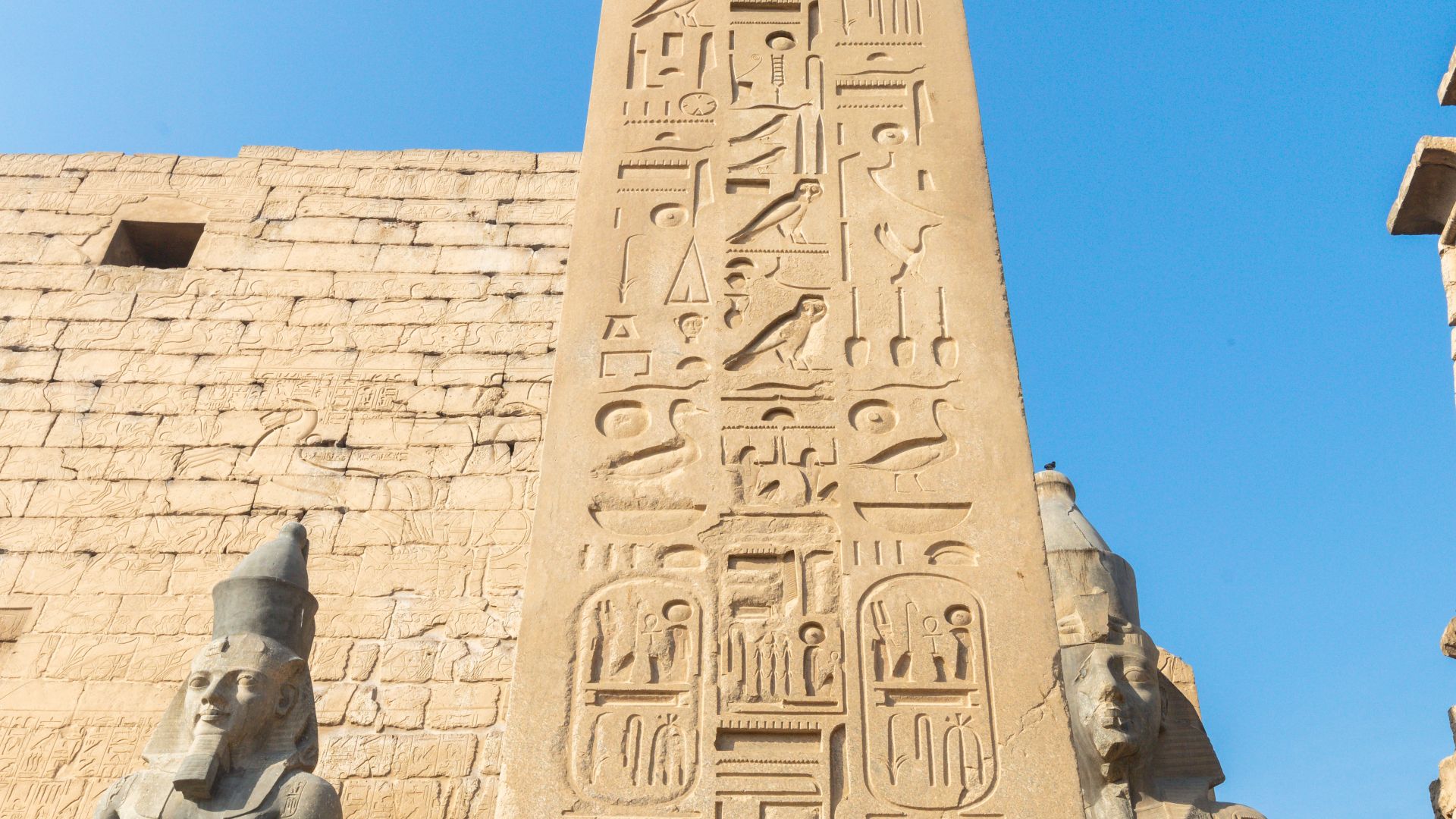 Diego Delso, Wikimedia Commons
Diego Delso, Wikimedia Commons
Secrets That Couldn't Be Washed Away
Time has battered the Obelisk's surface, but not its message. Beneath centuries of wear, its carvings remain defiant and intact. Ramses II's encrypted legacy survives not through preservation alone but through intention. He engraved to outlast time and time, surprisingly, has honored the challenge.
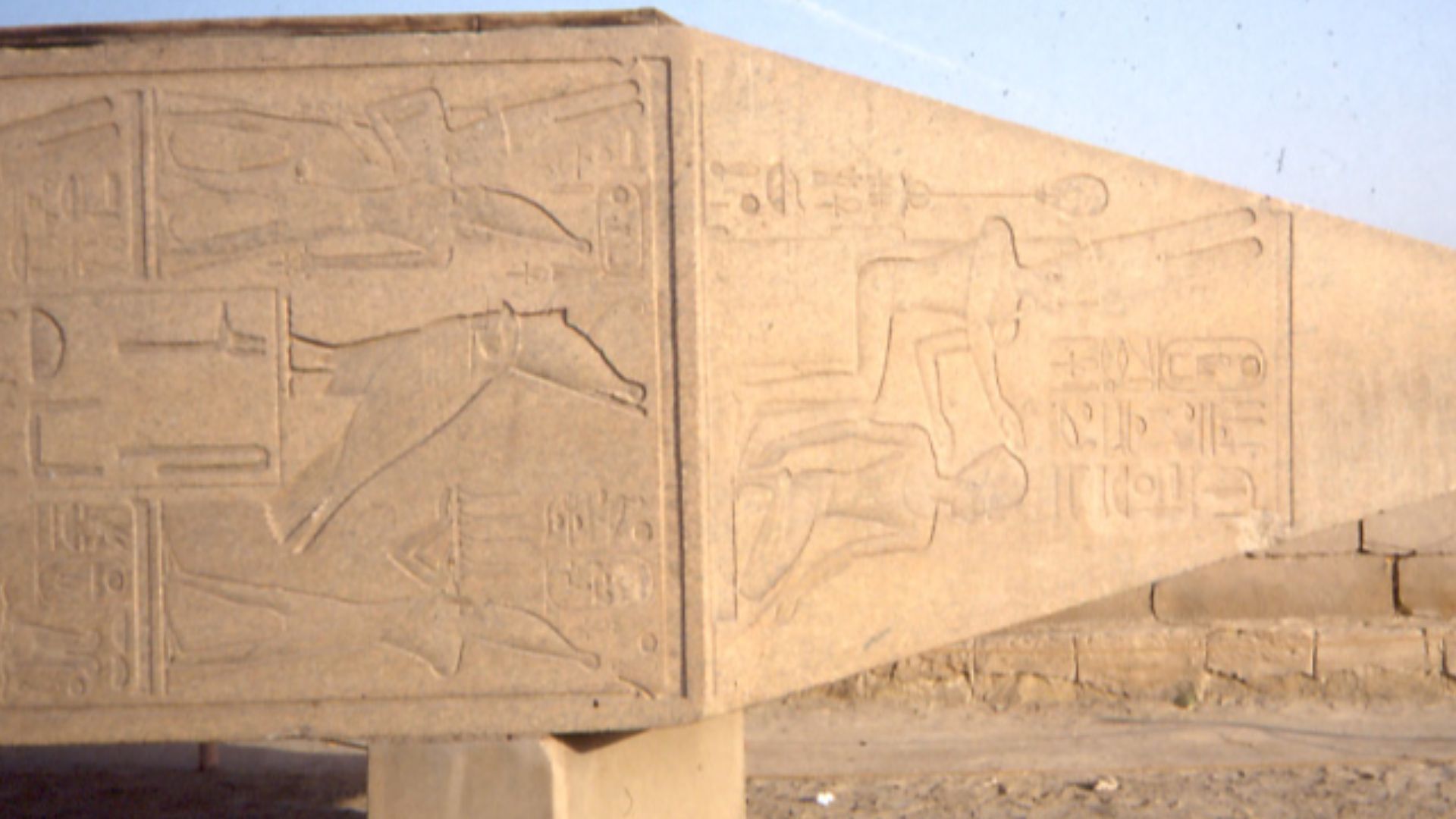 Immanuel Giel, Wikimedia Commons
Immanuel Giel, Wikimedia Commons

